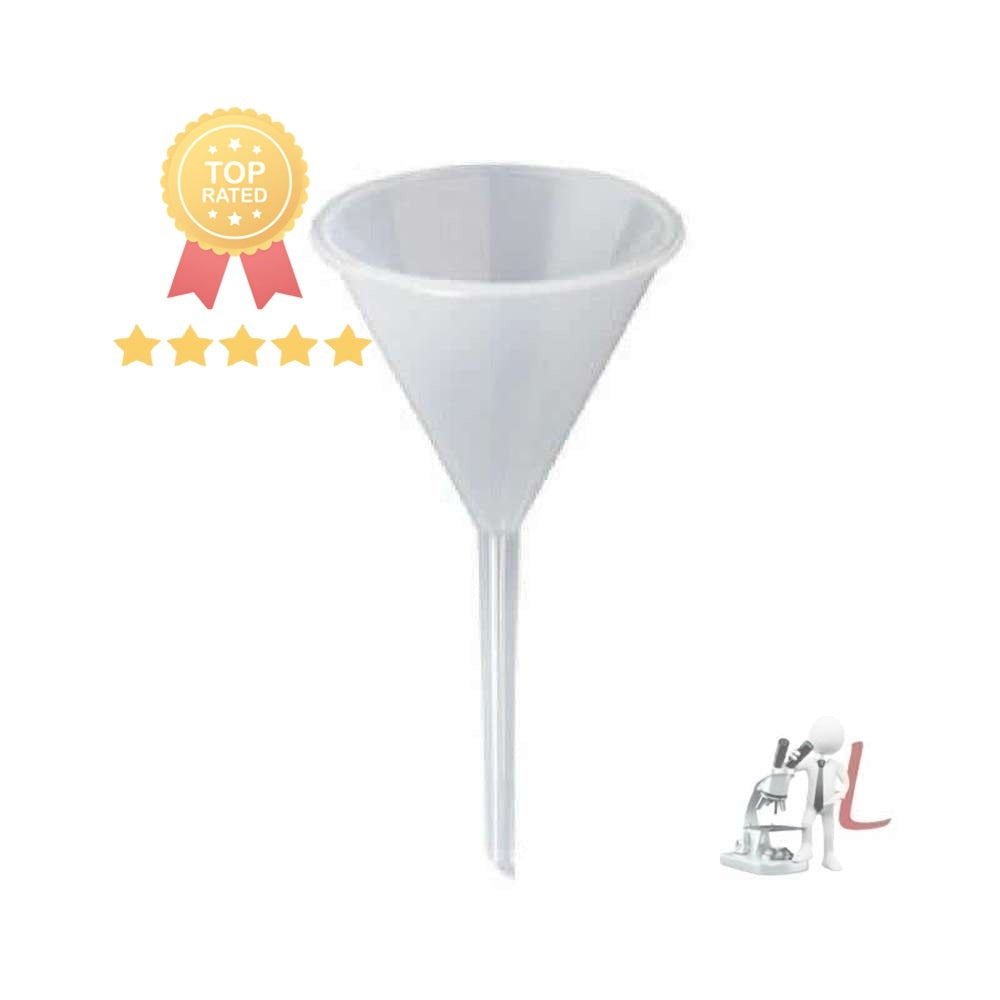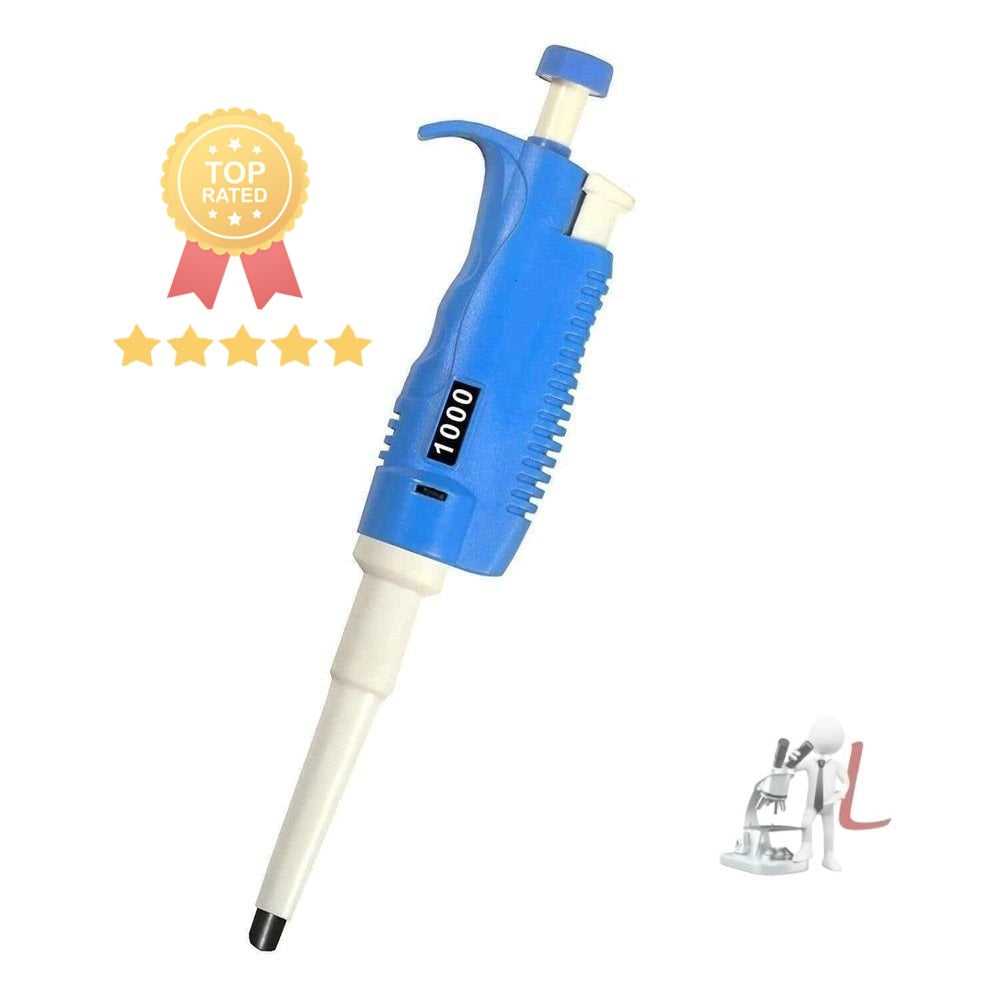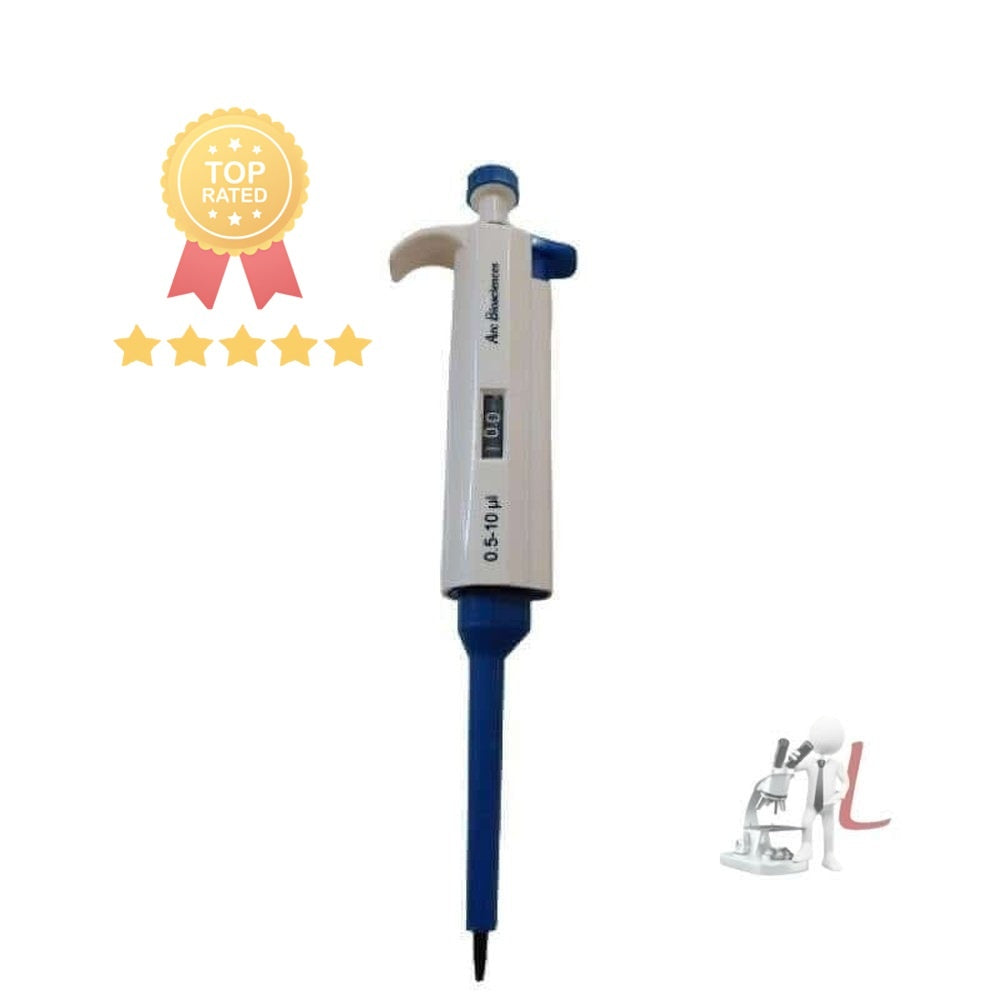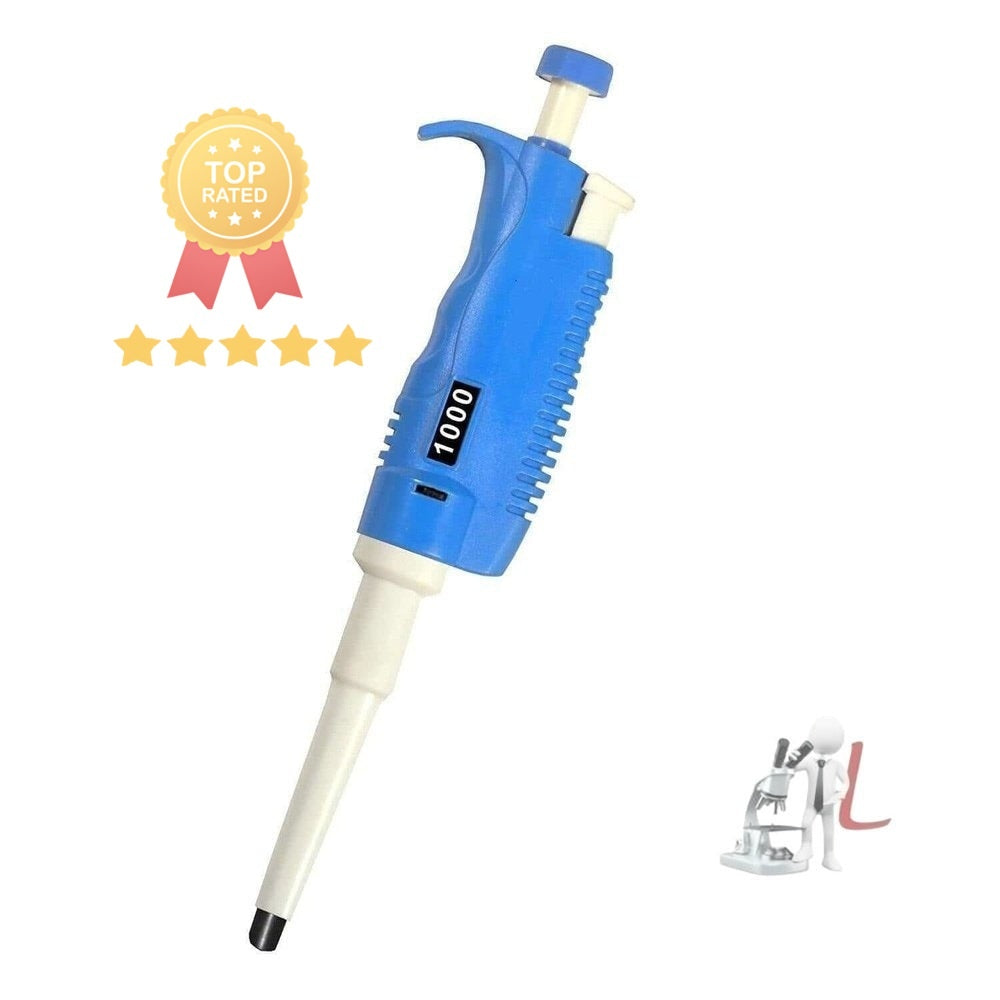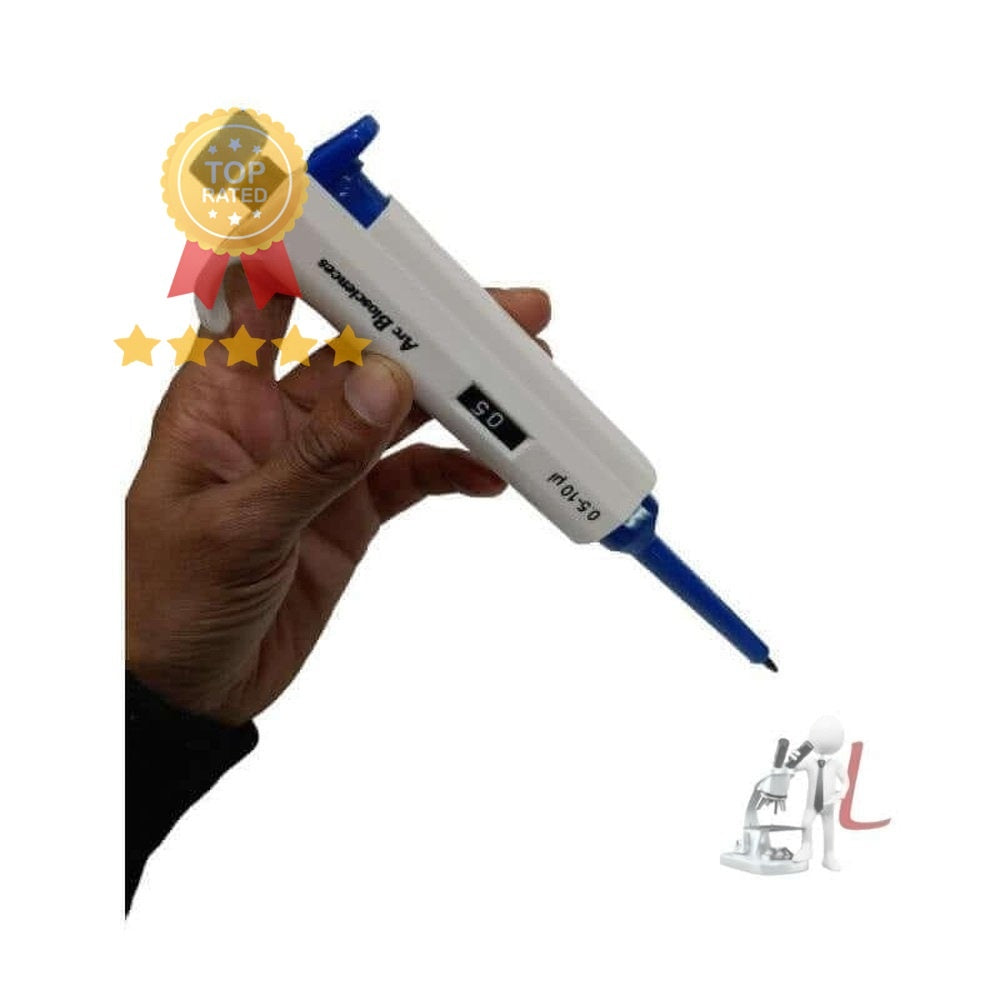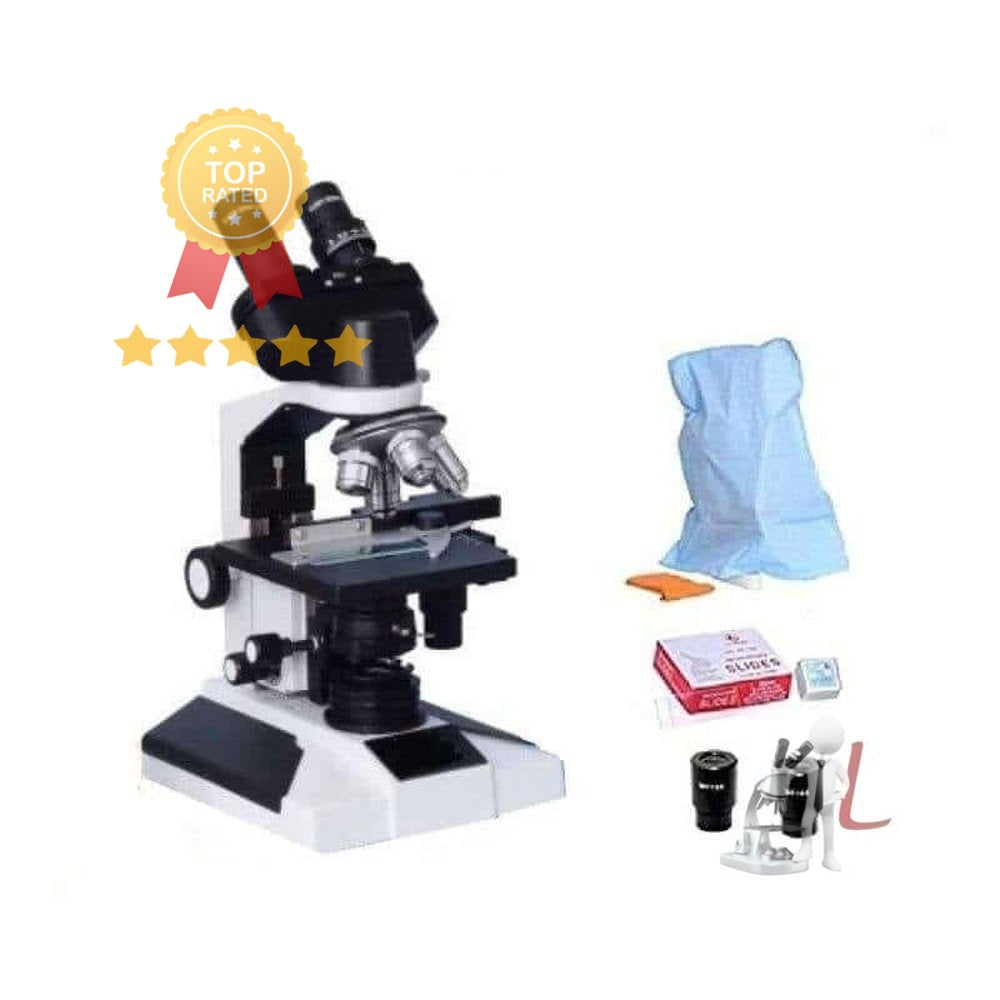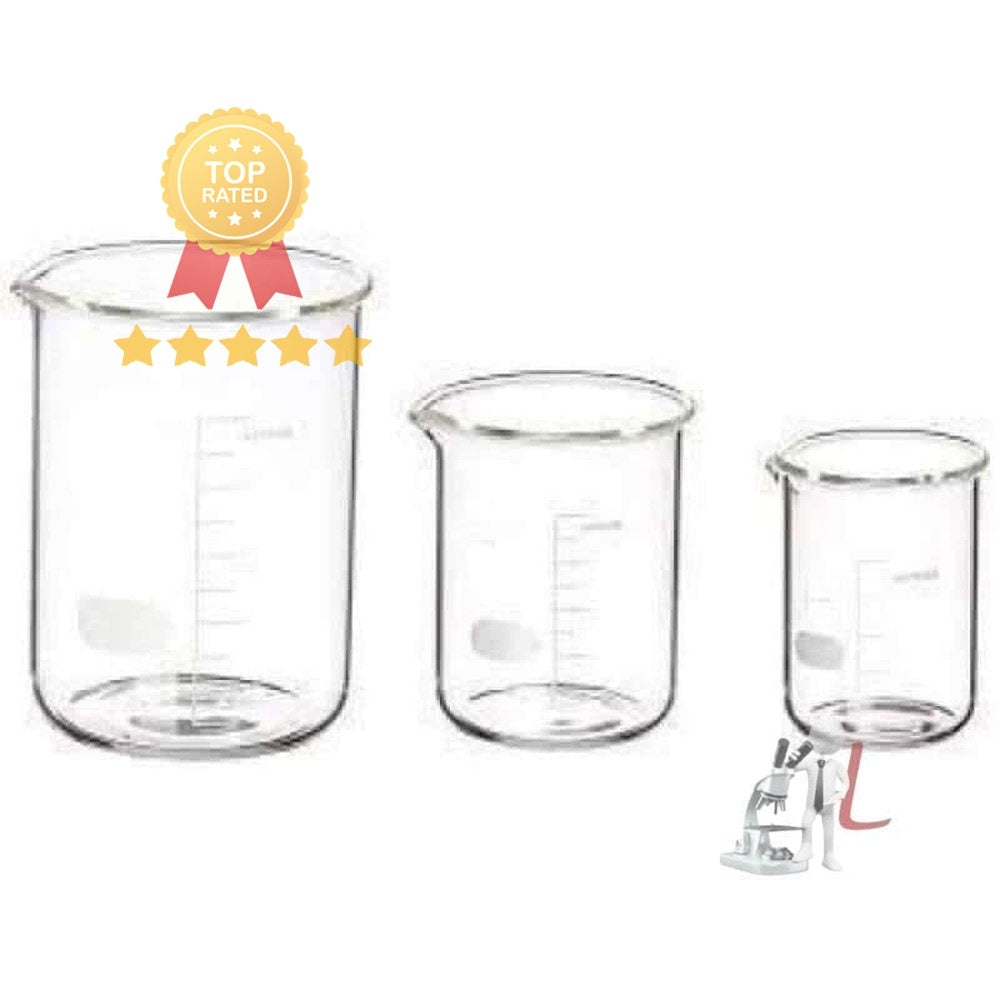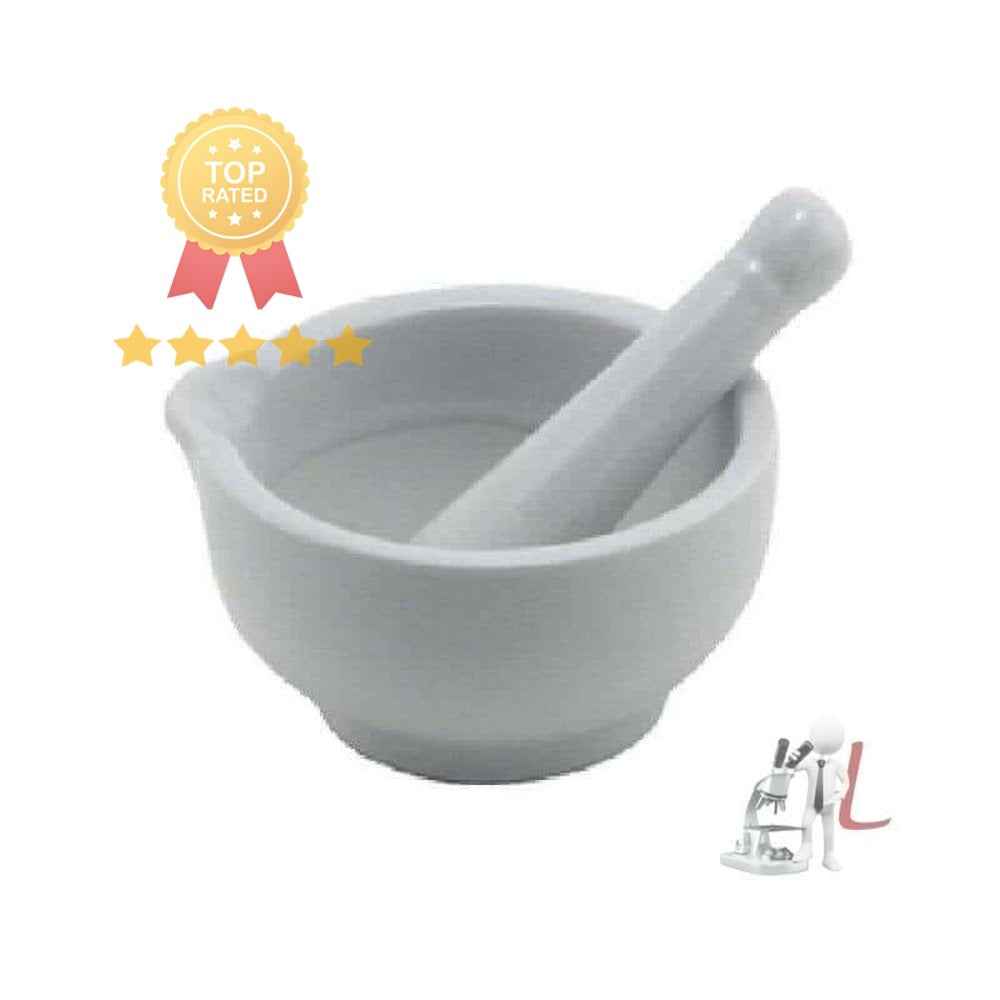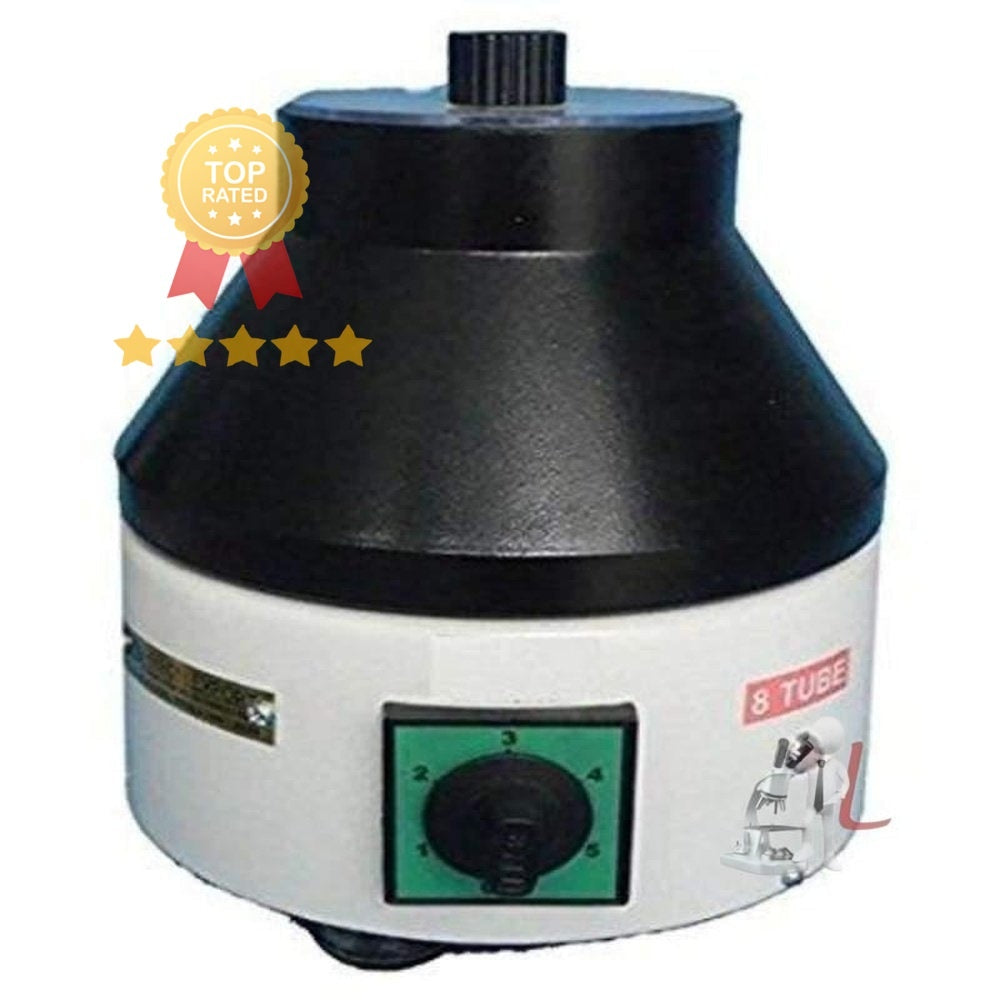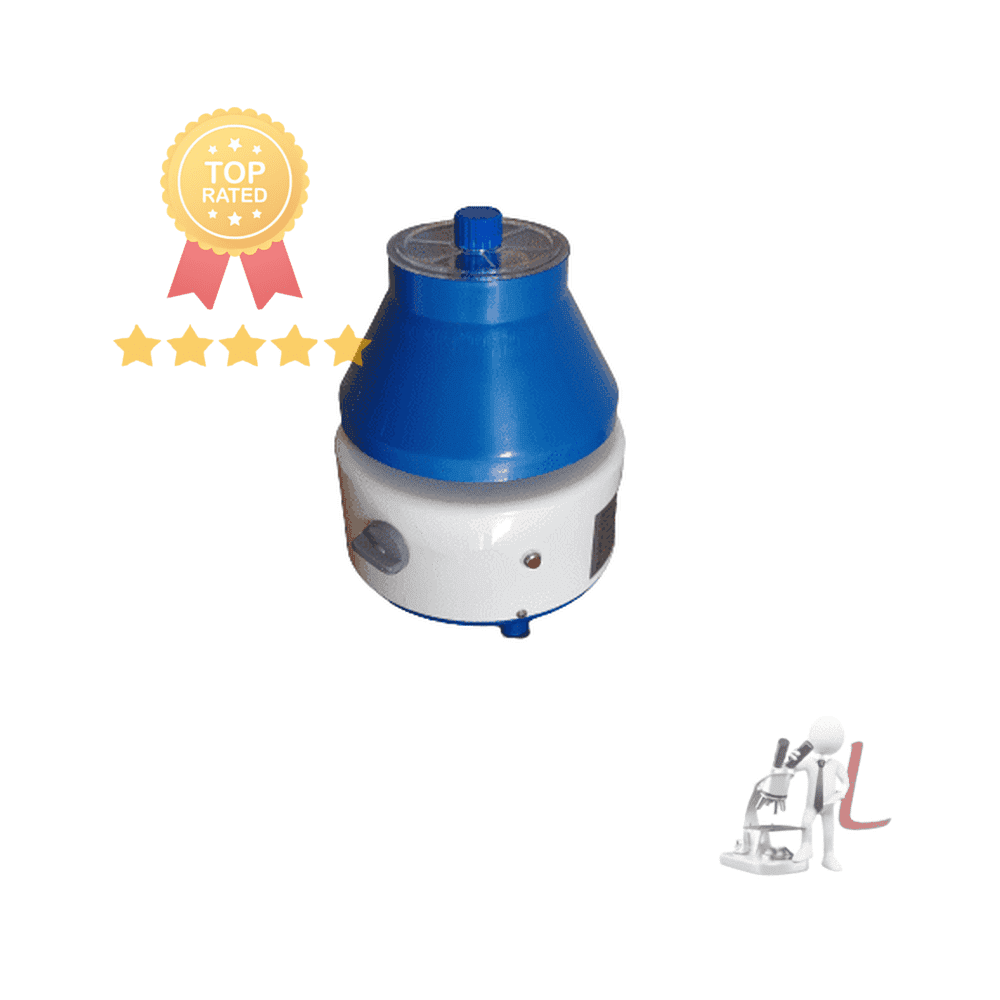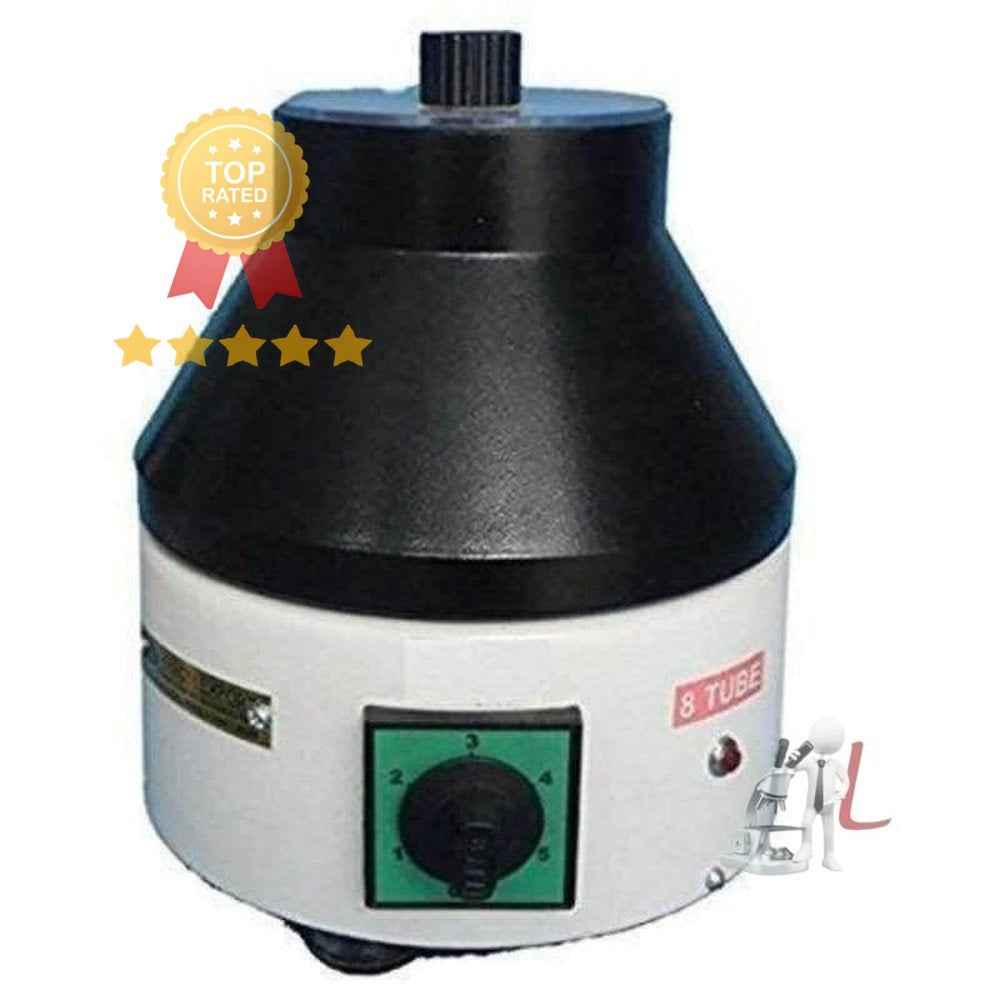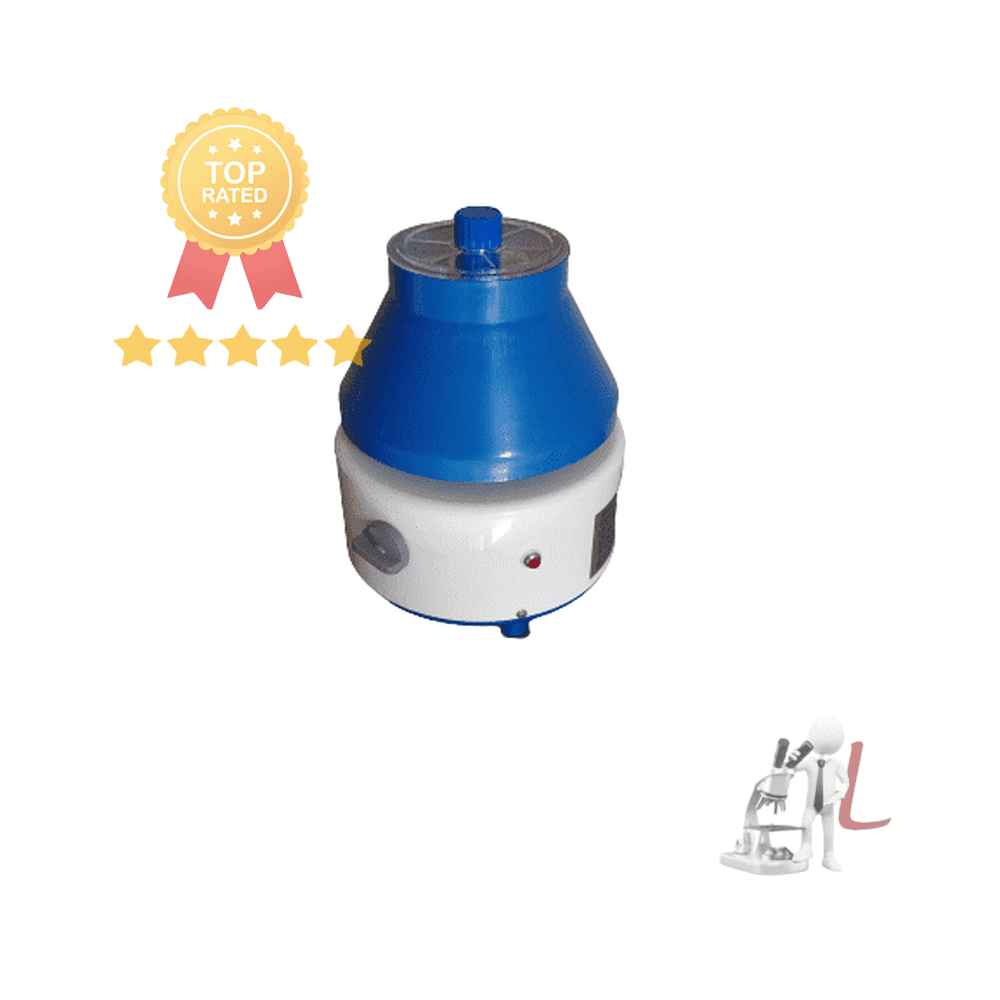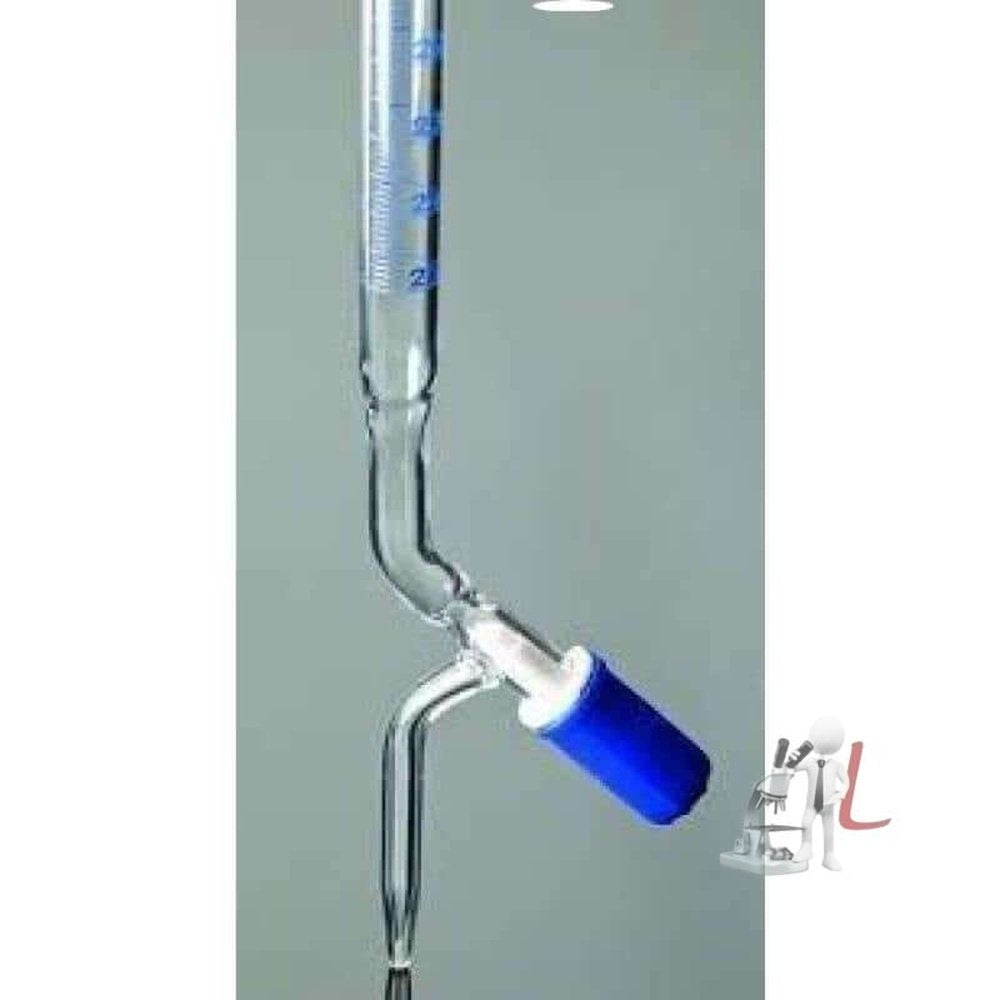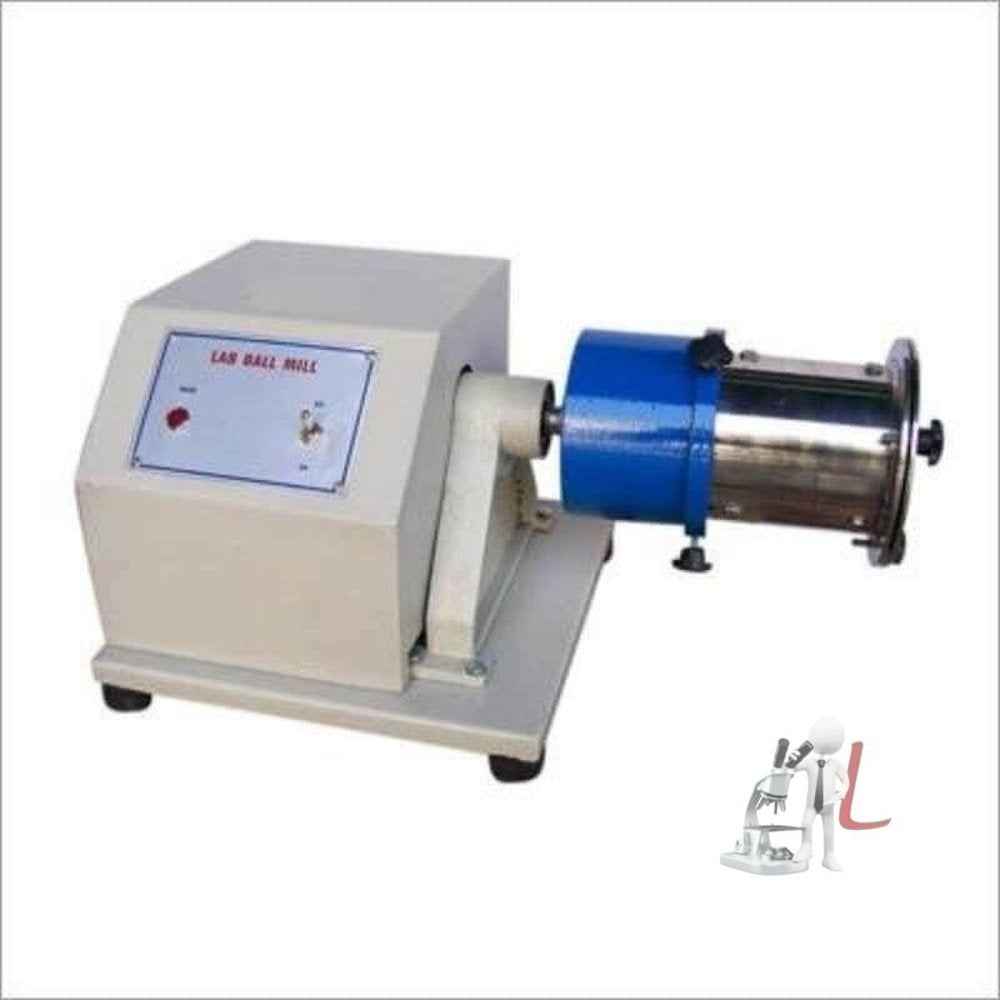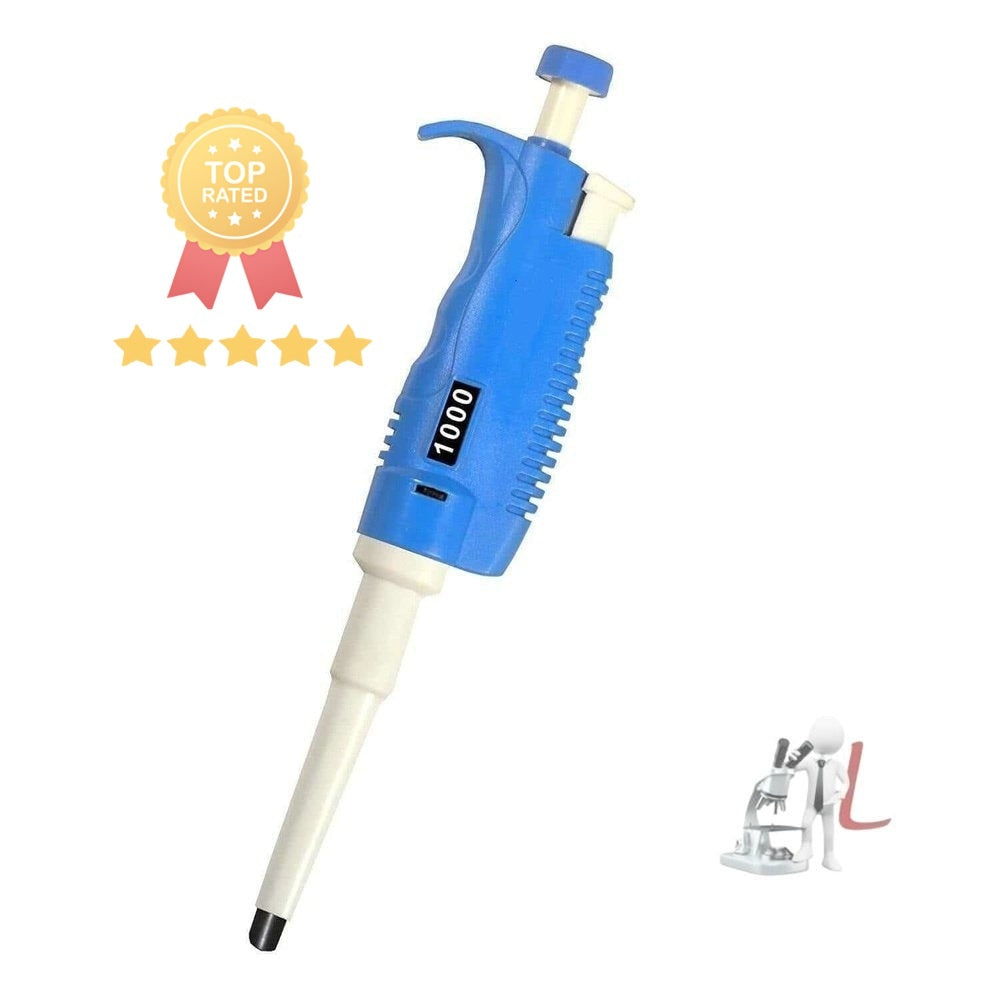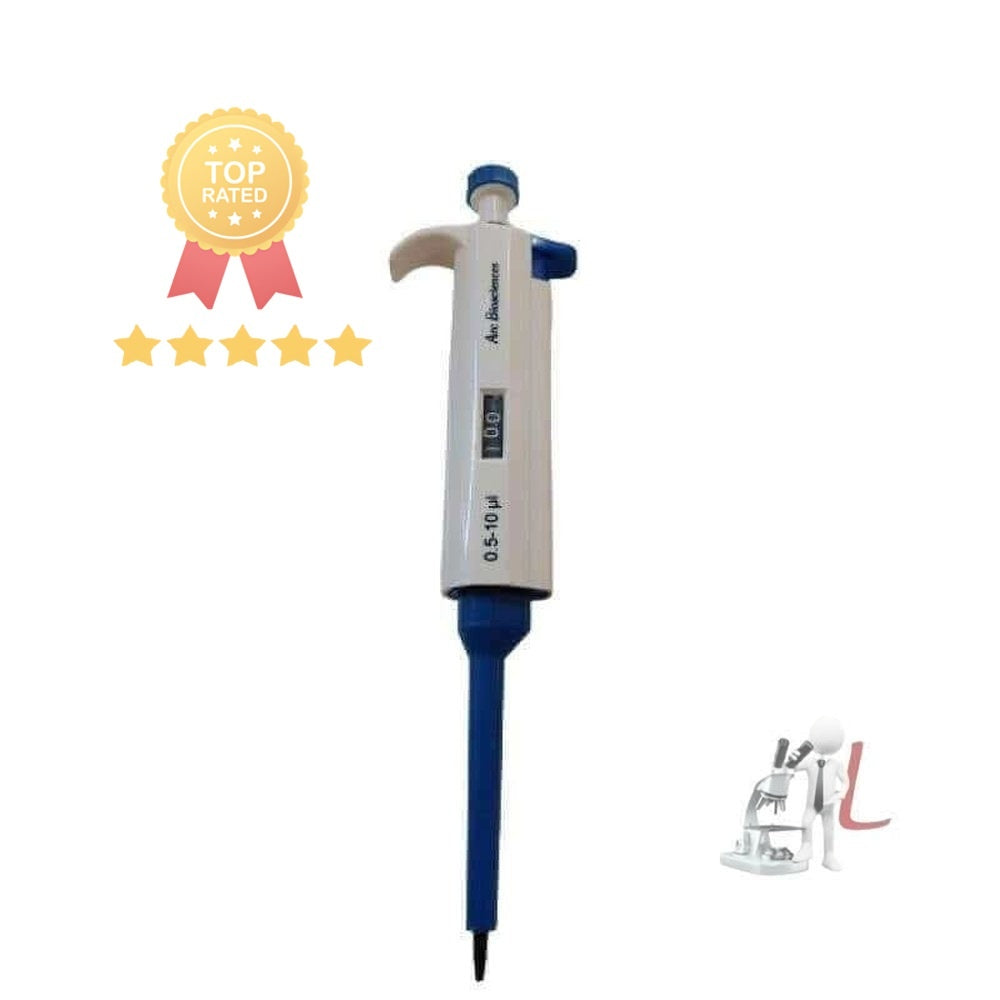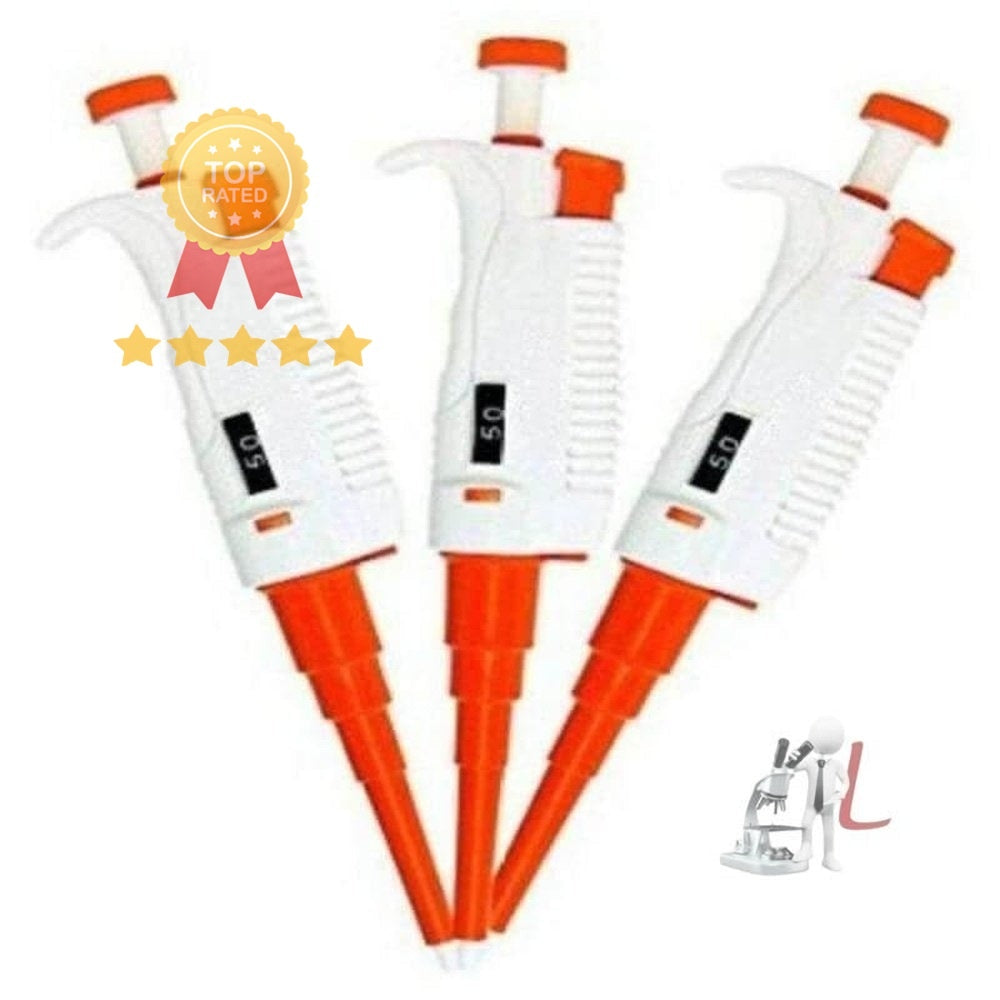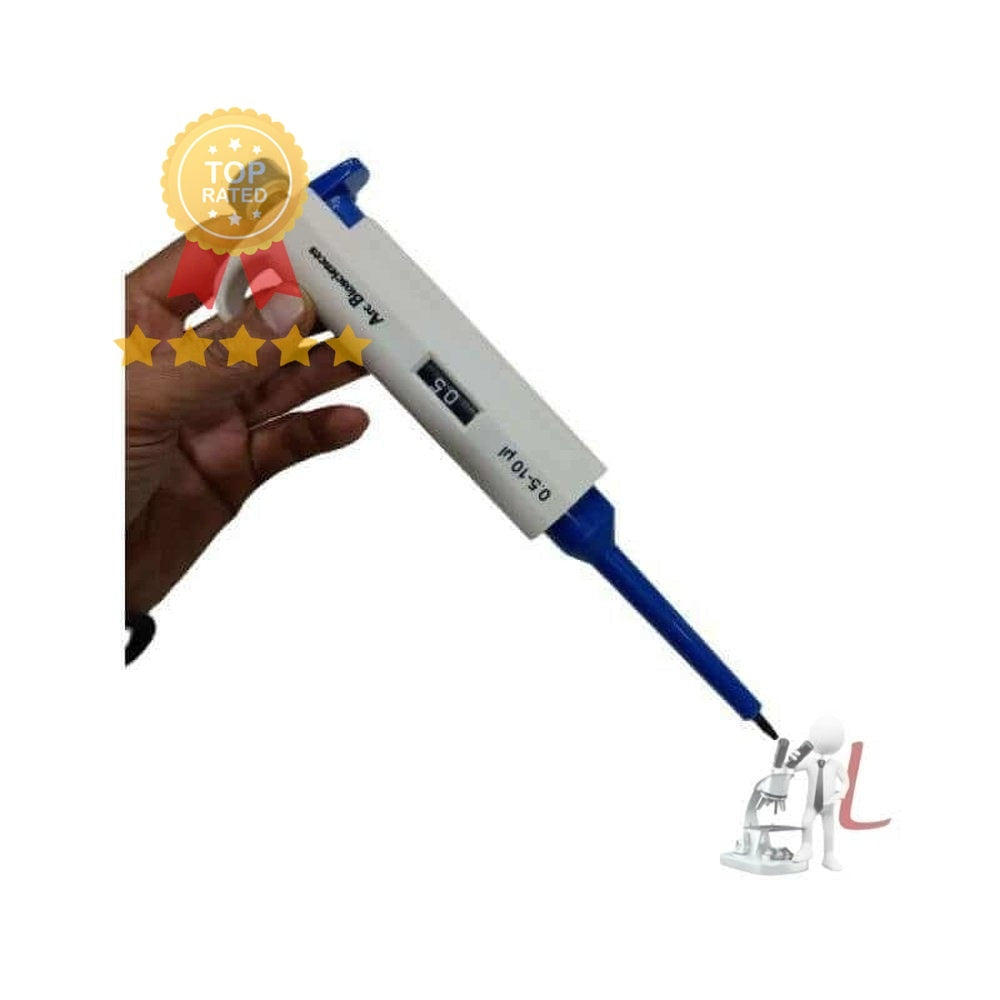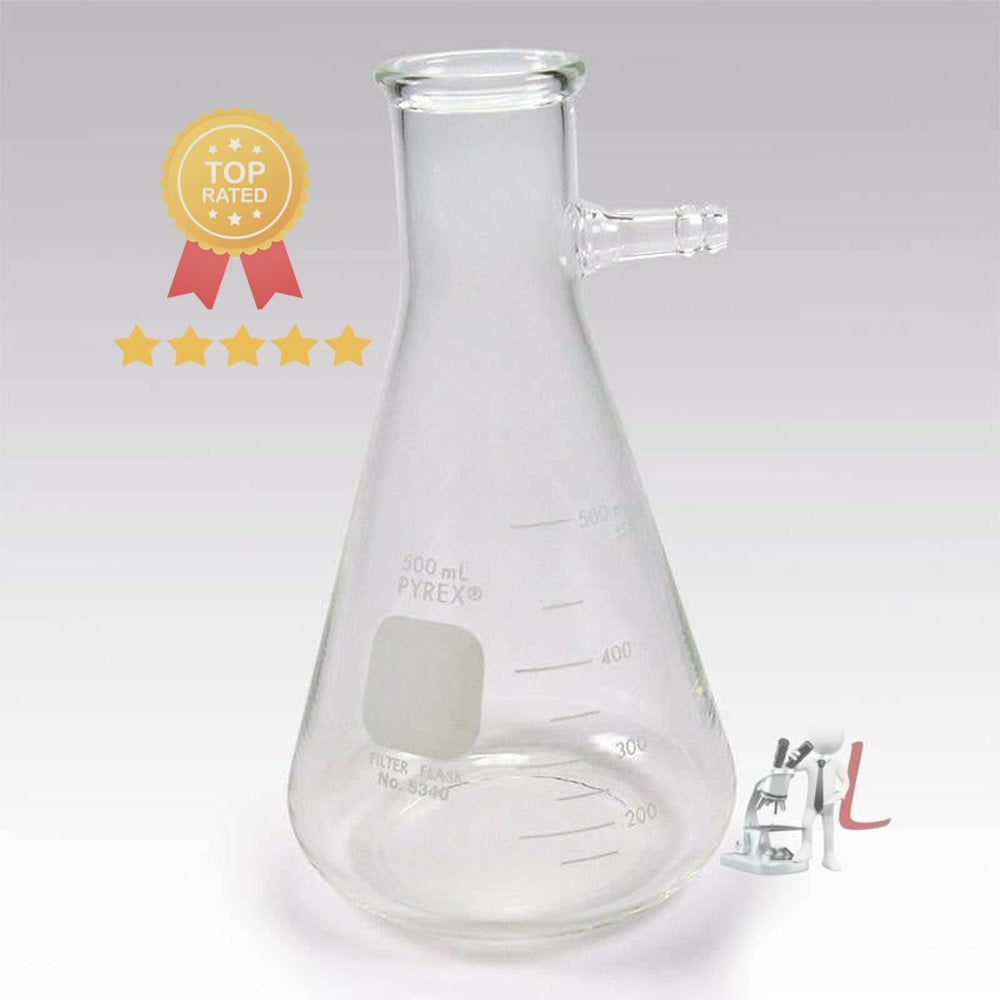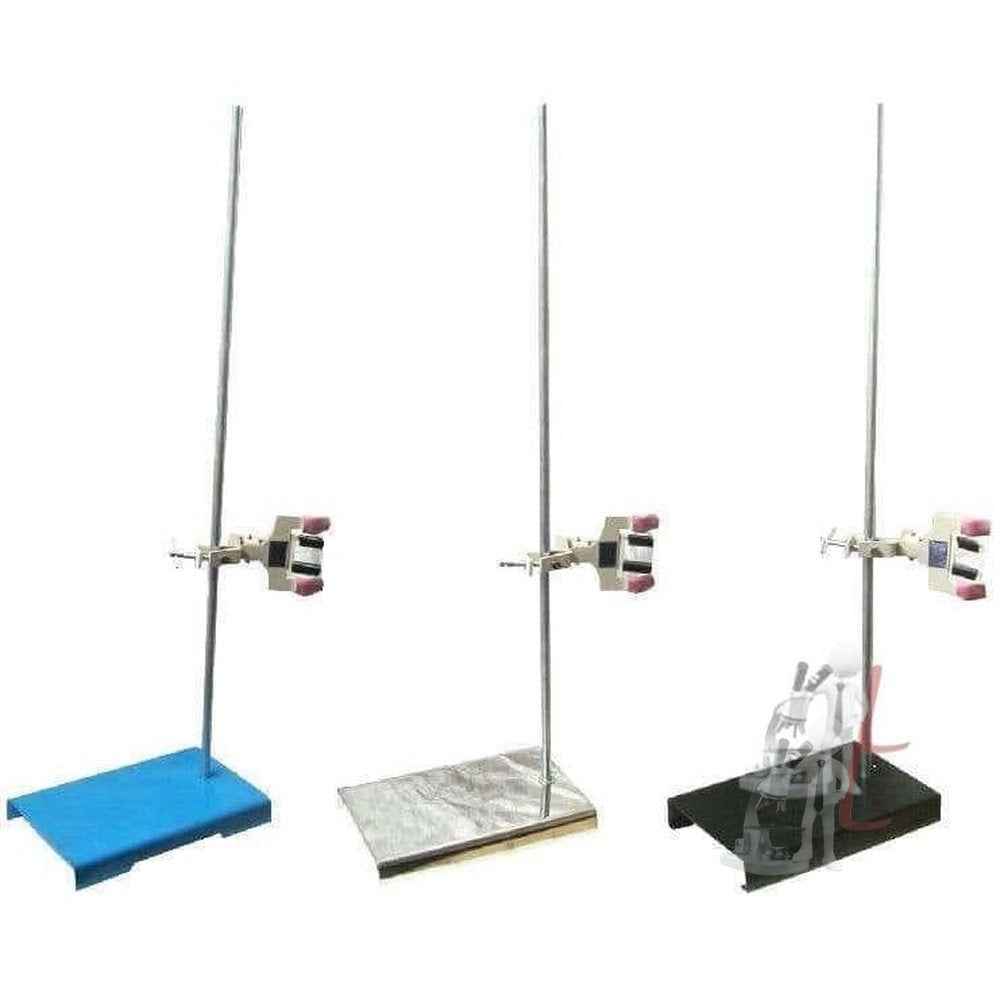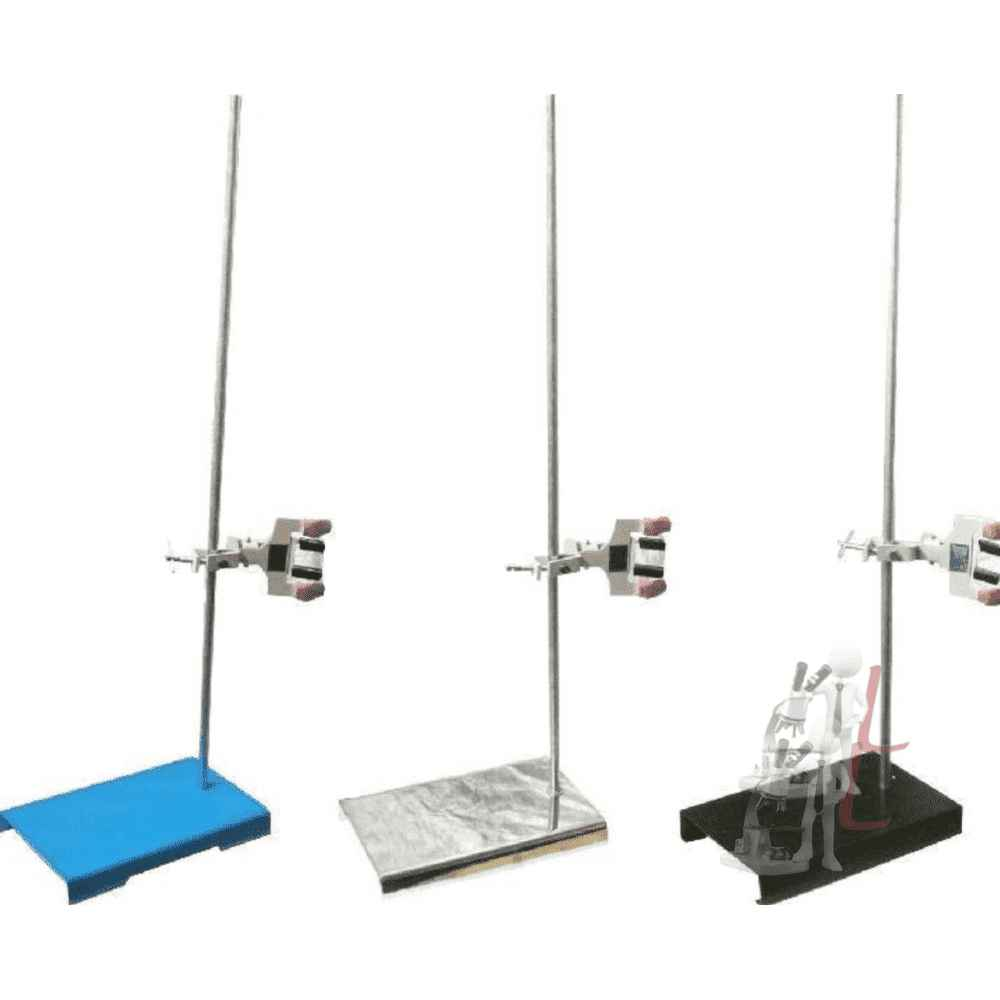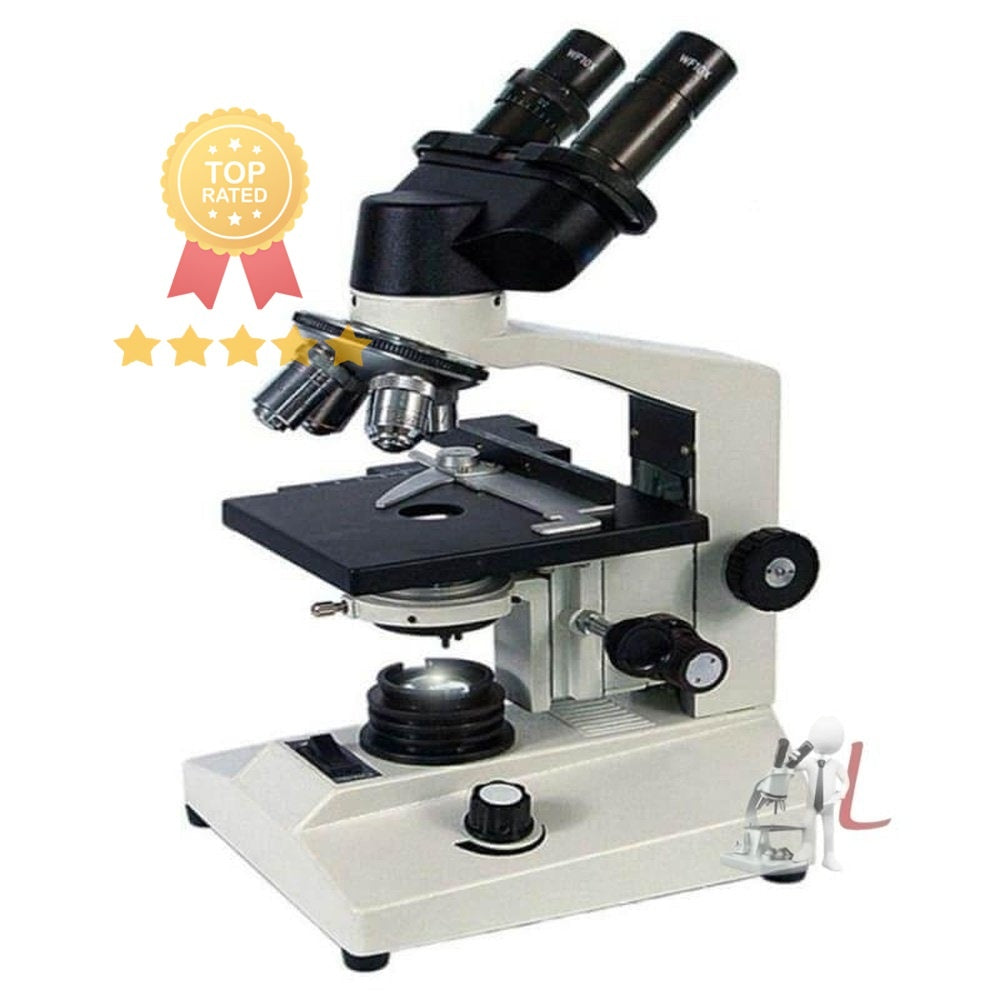Chemistry Equipment
Chemistry equipment refers to the various tools and apparatus used in chemical laboratories to conduct experiments, synthesize compounds, and facilitate various chemical processes. In the world of science, especially in the realm of chemistry, having the right chemistry equipment is vital for researchers, educators, and students alike. Without proper tools, the ability to analyze substances, create reactions, and derive conclusions about experiments would be severely compromised. The importance of chemistry equipment cannot be overstated; they help ensure precision, safety, and efficiency in conducting experiments.
The following sections will delve into the various types of chemistry equipment, their functions, and their significance in the field of chemistry. From basic laboratory glassware to advanced analytical instruments, each item has its unique purpose and relevance. Understanding these tools is essential for anyone looking to engage with the chemical sciences.
Let’s start with the basics. Glassware is perhaps the most recognizable type of chemistry equipment. This category includes beakers, flasks, test tubes, and pipettes. Each piece serves its own purpose—a beaker, for example, is ideal for mixing and holding liquids, while a flask, particularly an Erlenmeyer flask, is better suited for reactions that require a swirling or mixing action. Test tubes come in handy for conducting small-scale experiments where only tiny amounts of substances are needed for analysis.
Moving beyond glassware, we encounter a variety of tools designed for measuring and transferring substances. Graduated cylinders are key for accurately measuring liquid volume, while balances and scales provide crucial data for the precise measurement of solids or powders. It’s essential that measurements are accurate, as even the smallest deviation can lead to vastly different outcomes in an experiment.
Another critical piece of chemistry equipment is the Bunsen burner. This device uses a gas flame to provide a controlled heat source. Several chemical reactions require heat to initiate, and the Bunsen burner is a staple in laboratories due to its reliability and ease of use. Safety precautions, however, must be taken seriously when using Bunsen burners, including wearing proper eye protection and ensuring that flammable materials are kept at a safe distance from the flame.
In modern laboratories, technological advancements have led to a host of sophisticated instruments, each designed to streamline the process of conducting chemistry. Spectrophotometers allow chemists to analyze the absorption characteristics of substances, providing insight into their concentration and molecular structure. Chromatography equipment, such as gas chromatographs and high-performance liquid chromatographs (HPLC), are vital for separating and analyzing mixture components.
Some types of chemistry equipment also focus on ensuring safety and accurate practices. Fume hoods, for instance, are crucial for protecting researchers from harmful vapors and providing adequate ventilation for chemical reactions that emit dangerous gases. Personal protective equipment (PPE), including gloves, goggles, and lab coats, are also considered essential components of chemistry equipment that safeguard individuals against chemical exposure.
The significance of maintaining and properly caring for chemistry equipment cannot be overlooked. Regular cleaning, calibration, and proper storage are necessary to preserve the integrity of tools and ensure that they perform optimally. Neglecting equipment can lead to inaccurate results or even hazardous situations in the lab.
In educational settings, providing students with access to quality chemistry equipment is foundational for a successful learning experience. Hands-on experimentation helps students understand theoretical concepts better, fosters critical thinking, and enhances problem-solving skills. It is in these laboratories that students will develop their capabilities and potentially inspire the next generation of scientists.
In summary, chemistry equipment encompasses a broad array of tools and instruments that facilitate scientific inquiry in the chemical sciences. From glassware to advanced analytical devices, these tools are indispensable in conducting research, learning, and various applications in the industry. Understanding and utilizing the correct chemistry equipment can greatly influence the outcomes of scientific work and research advancements.
As we continue to explore the landscape of chemistry equipment, it becomes clear that innovation and education play crucial roles in shaping how we use these tools. The realm of chemistry is vast, and with the right equipment, scientific exploration can continue to thrive and contribute to human knowledge and technological advancement.
Filter
Sort by

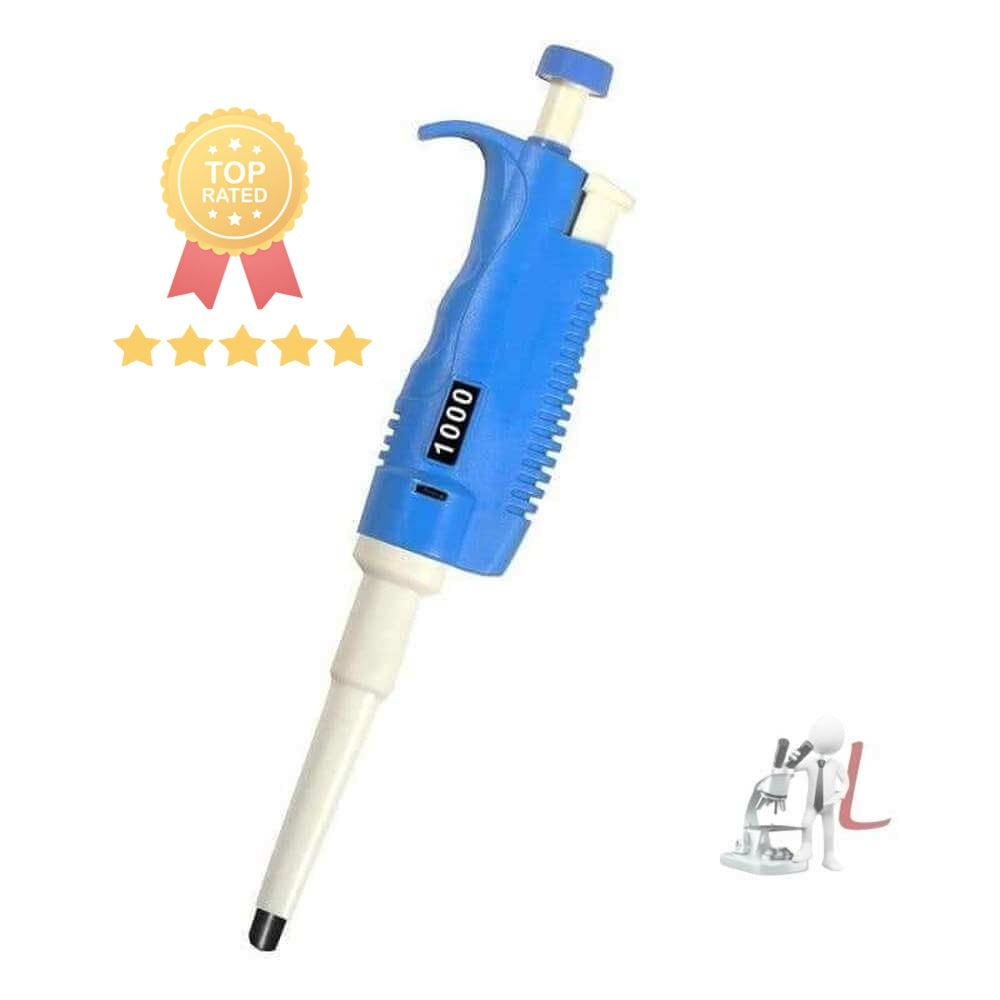
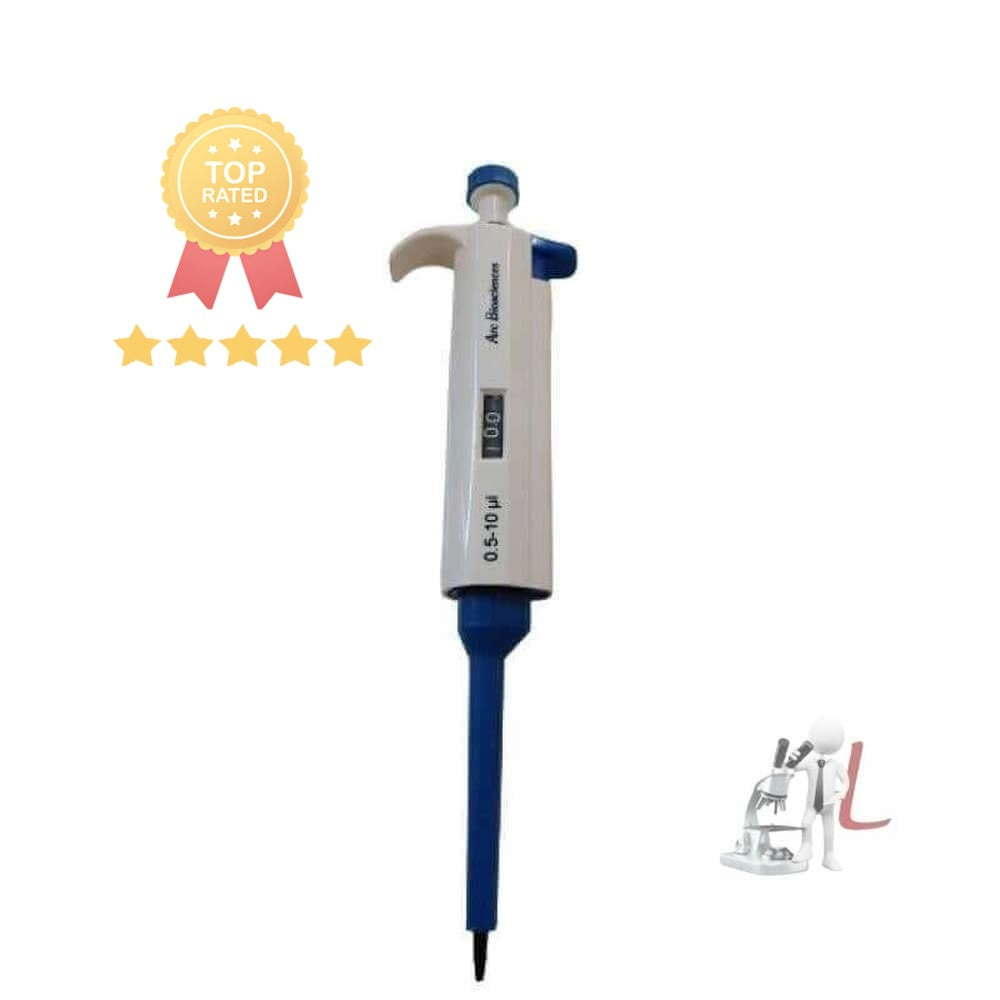
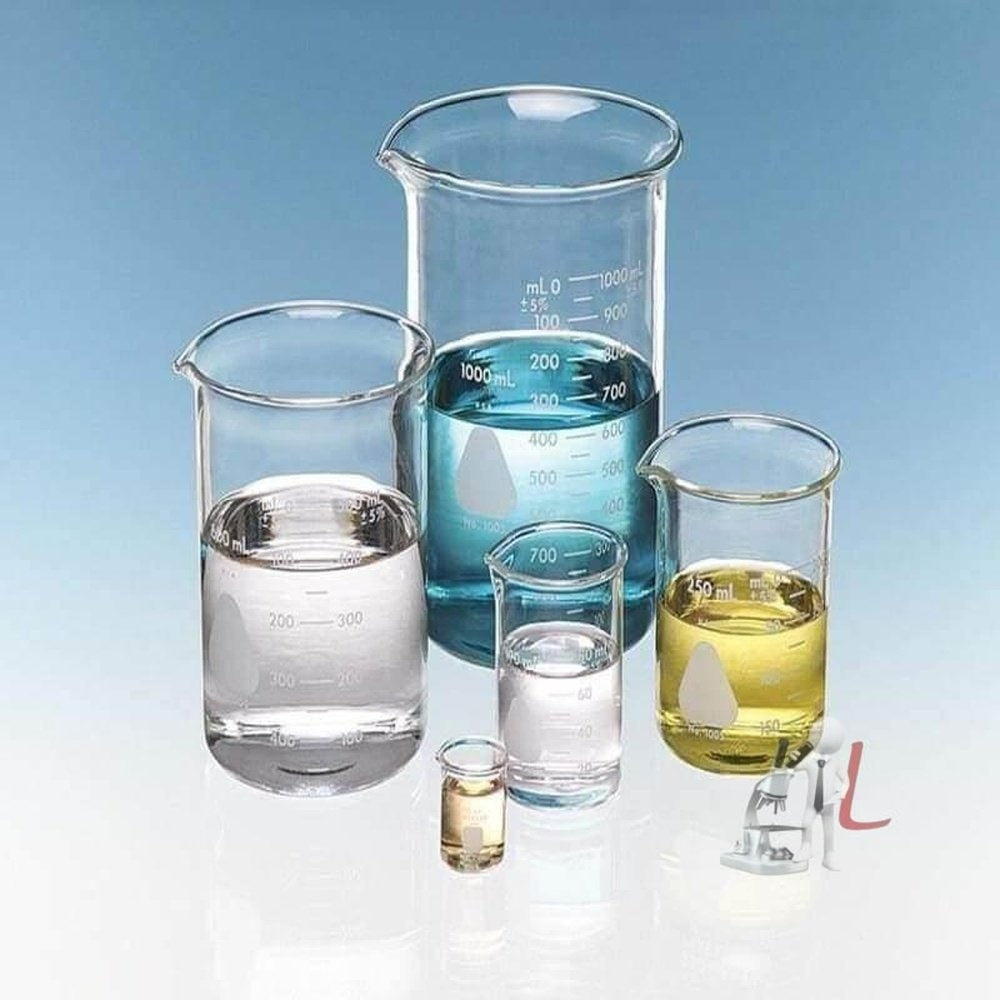
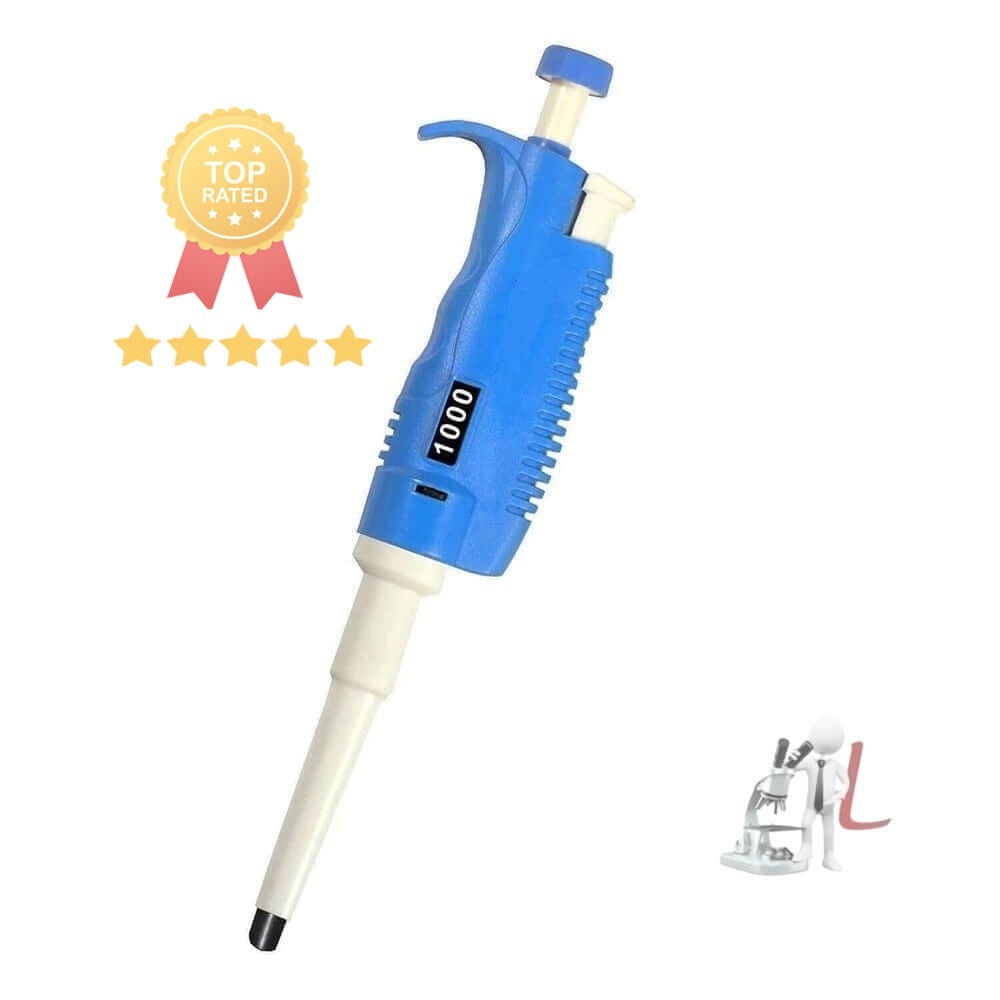
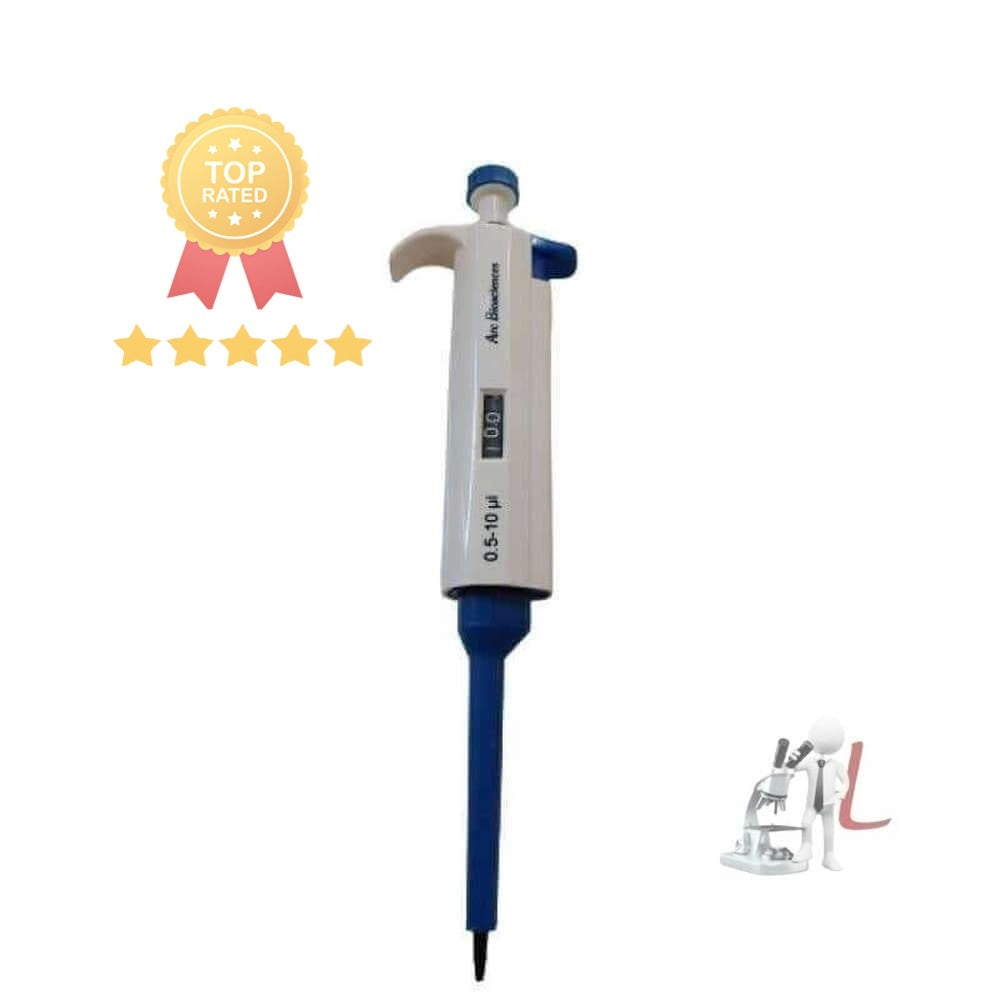

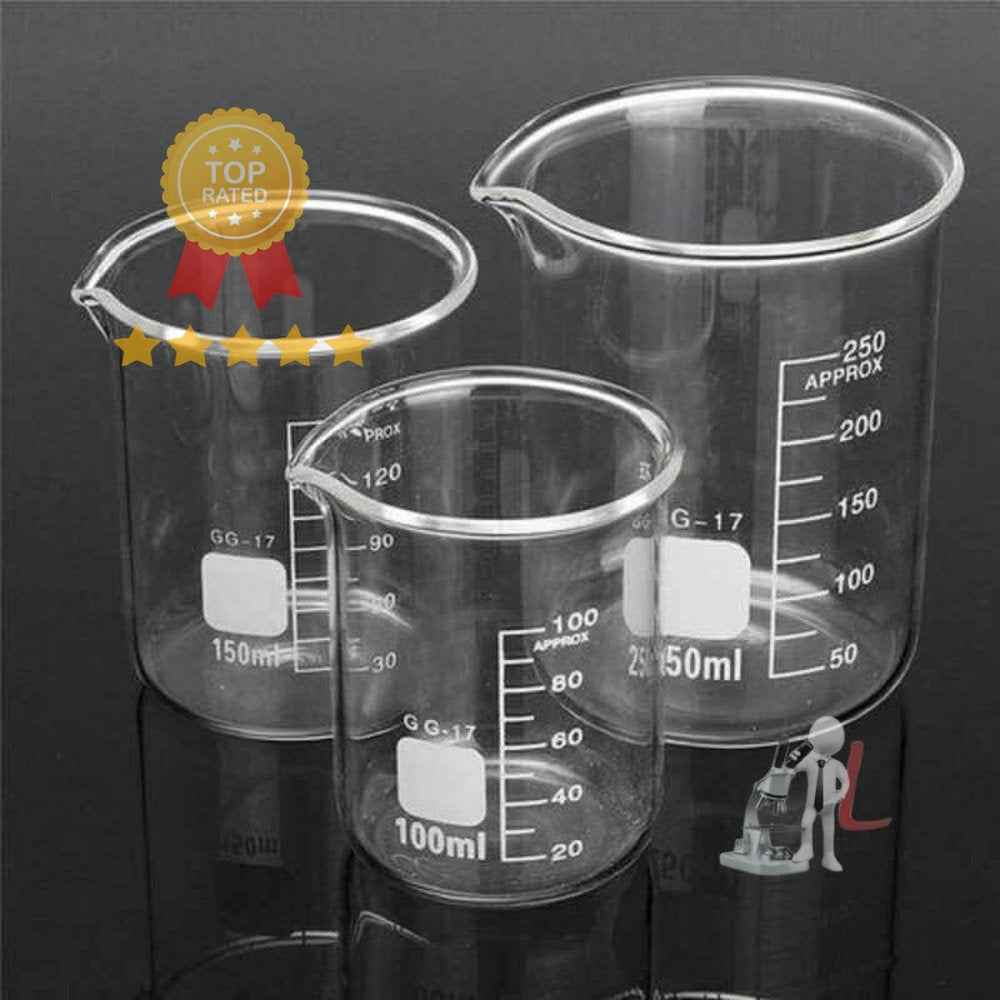

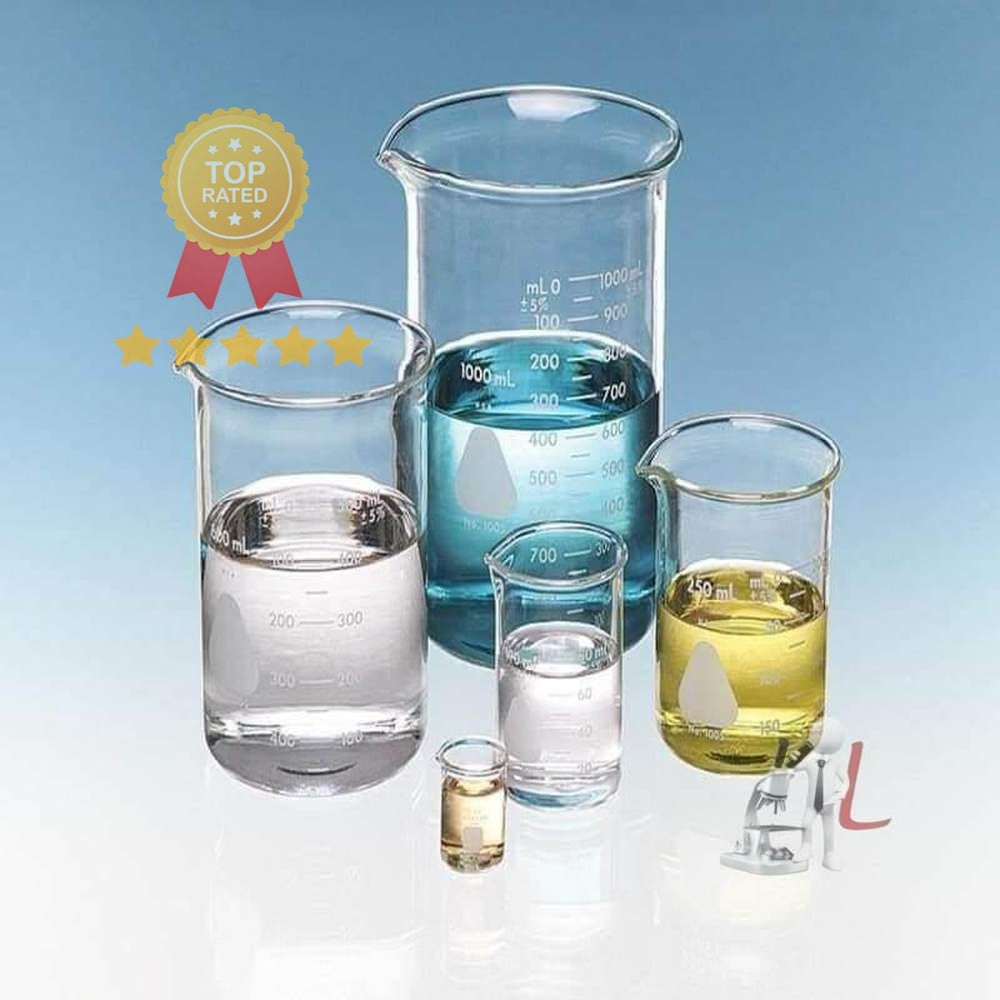
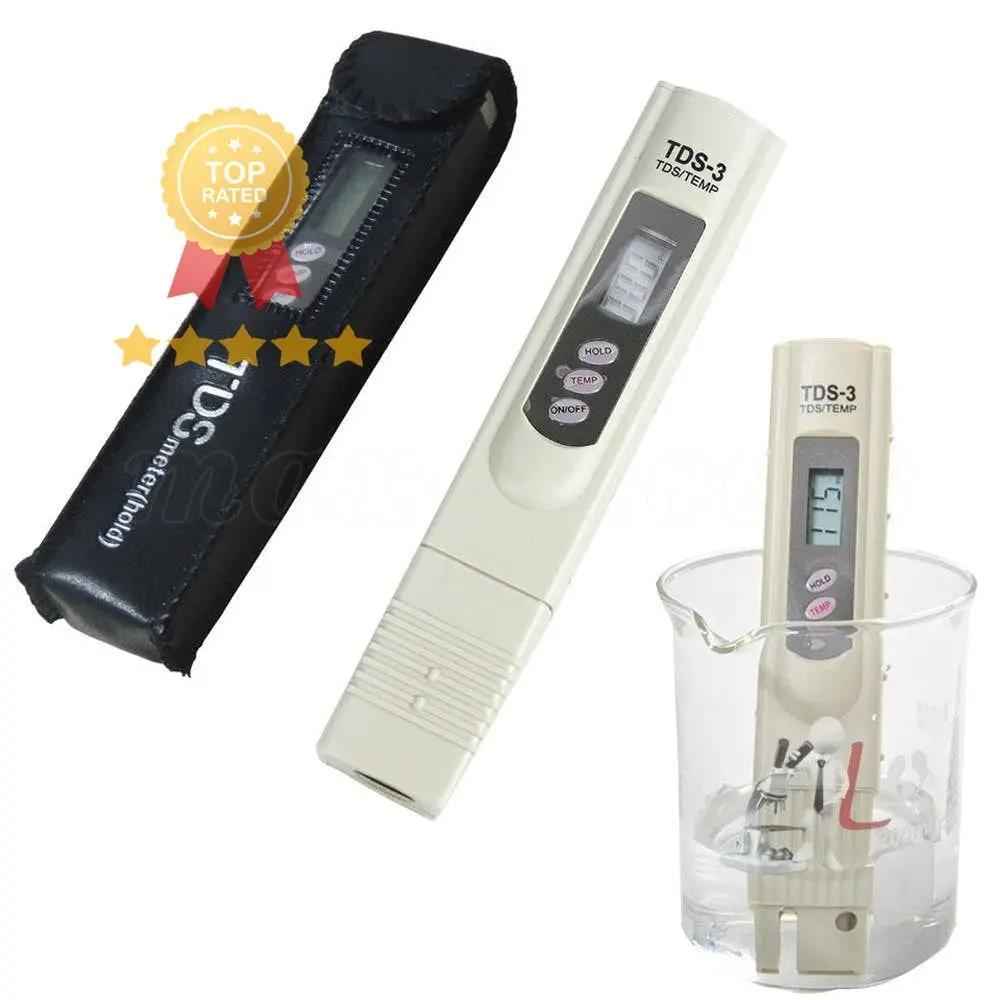

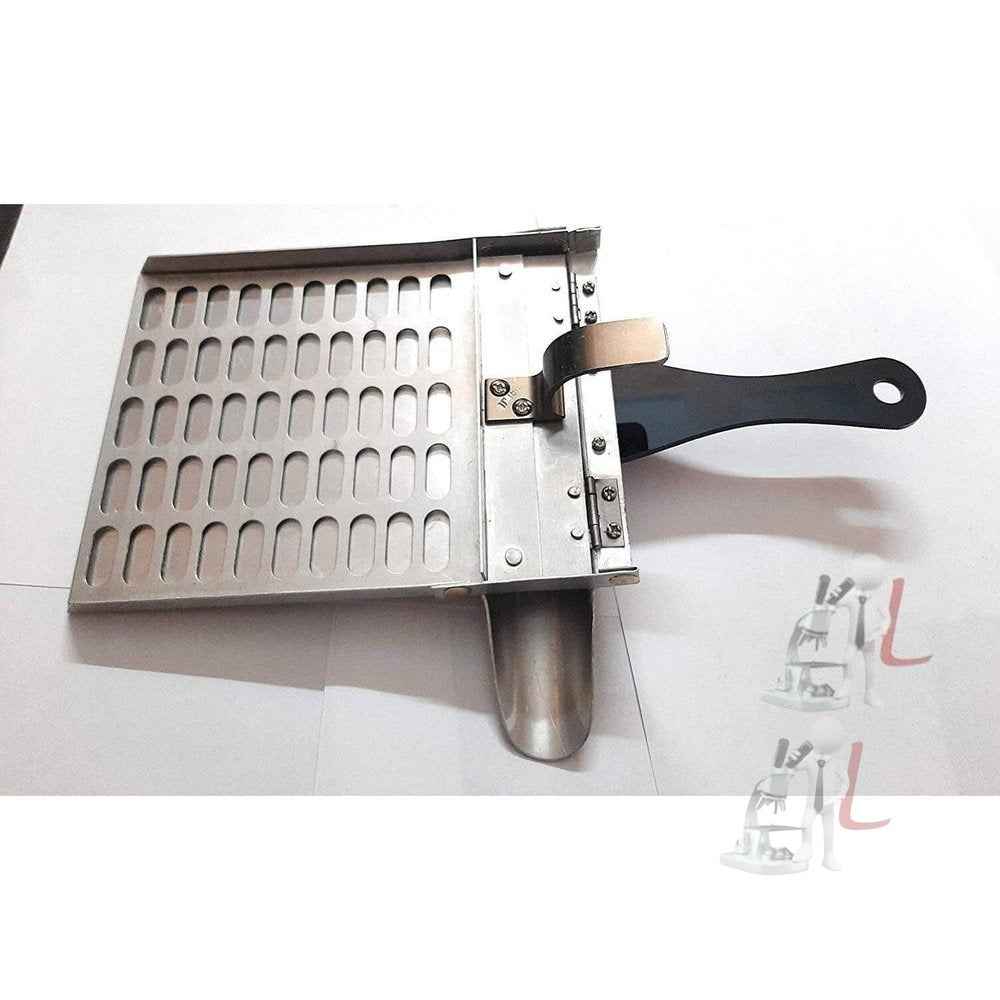
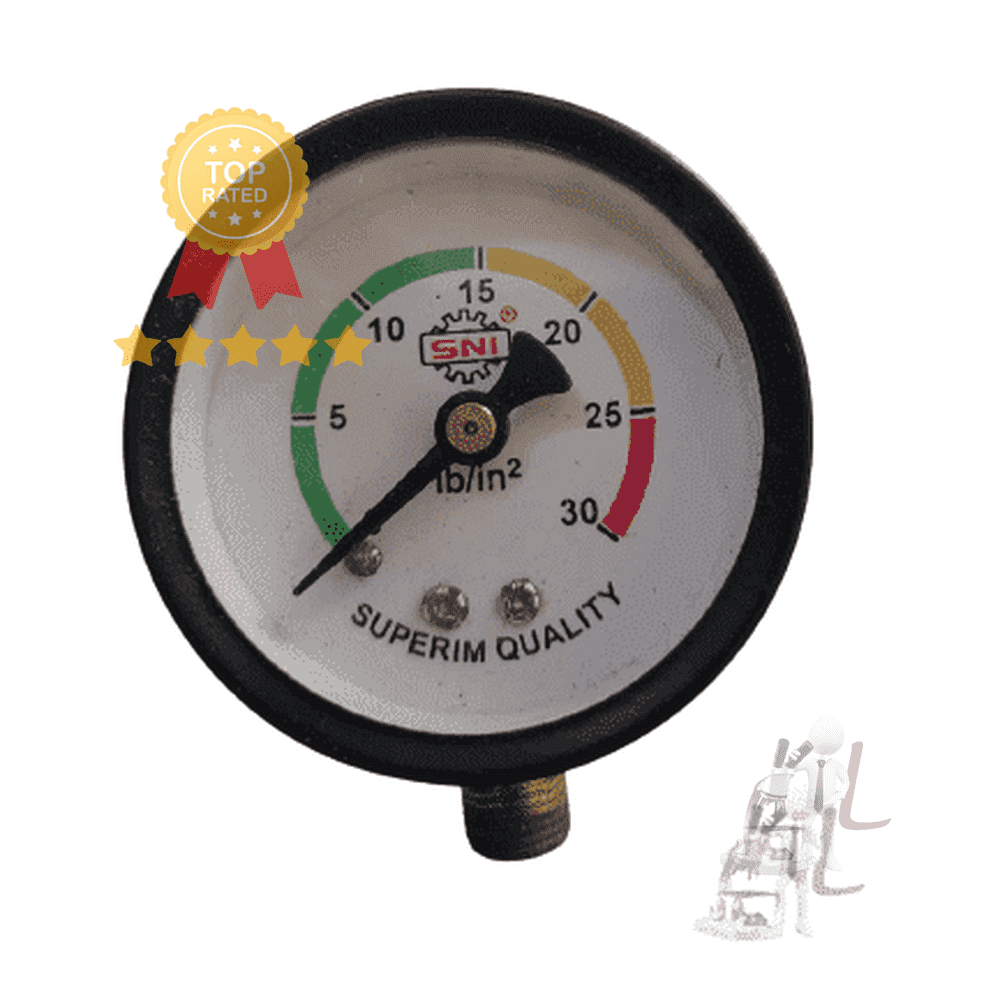
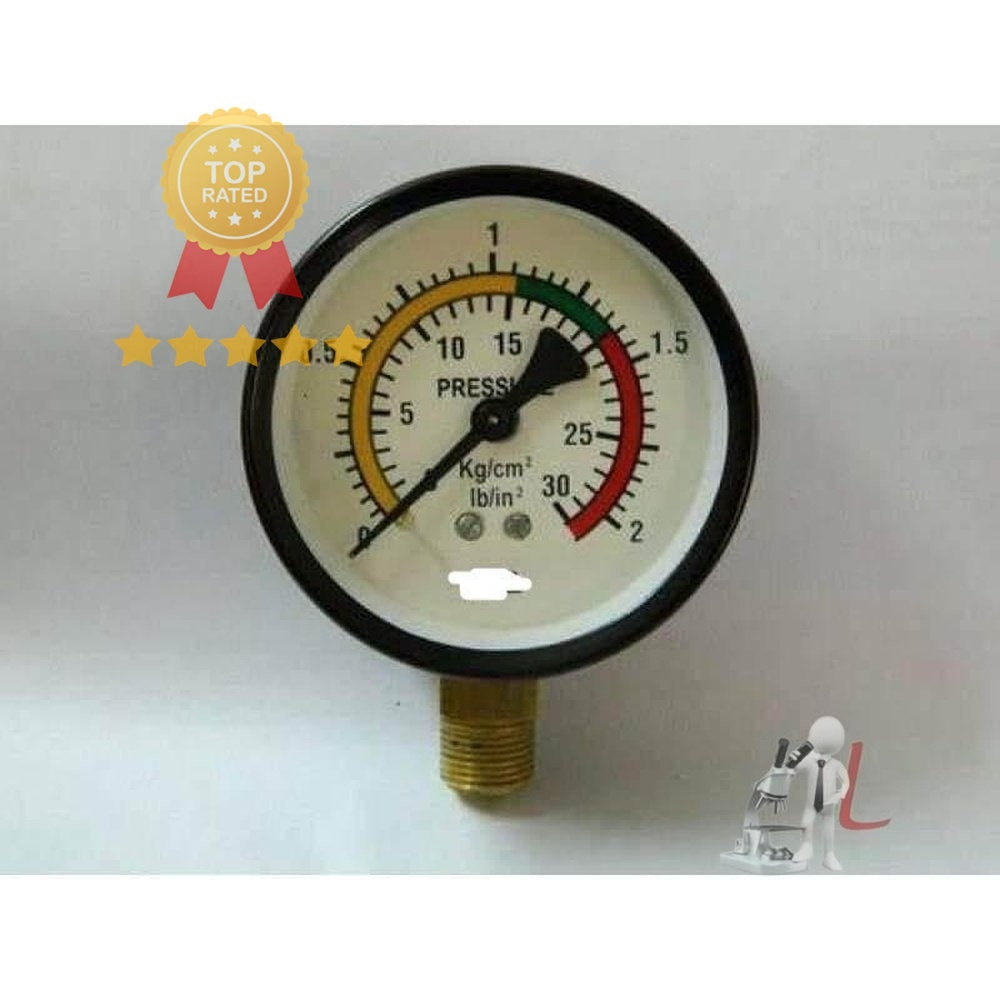
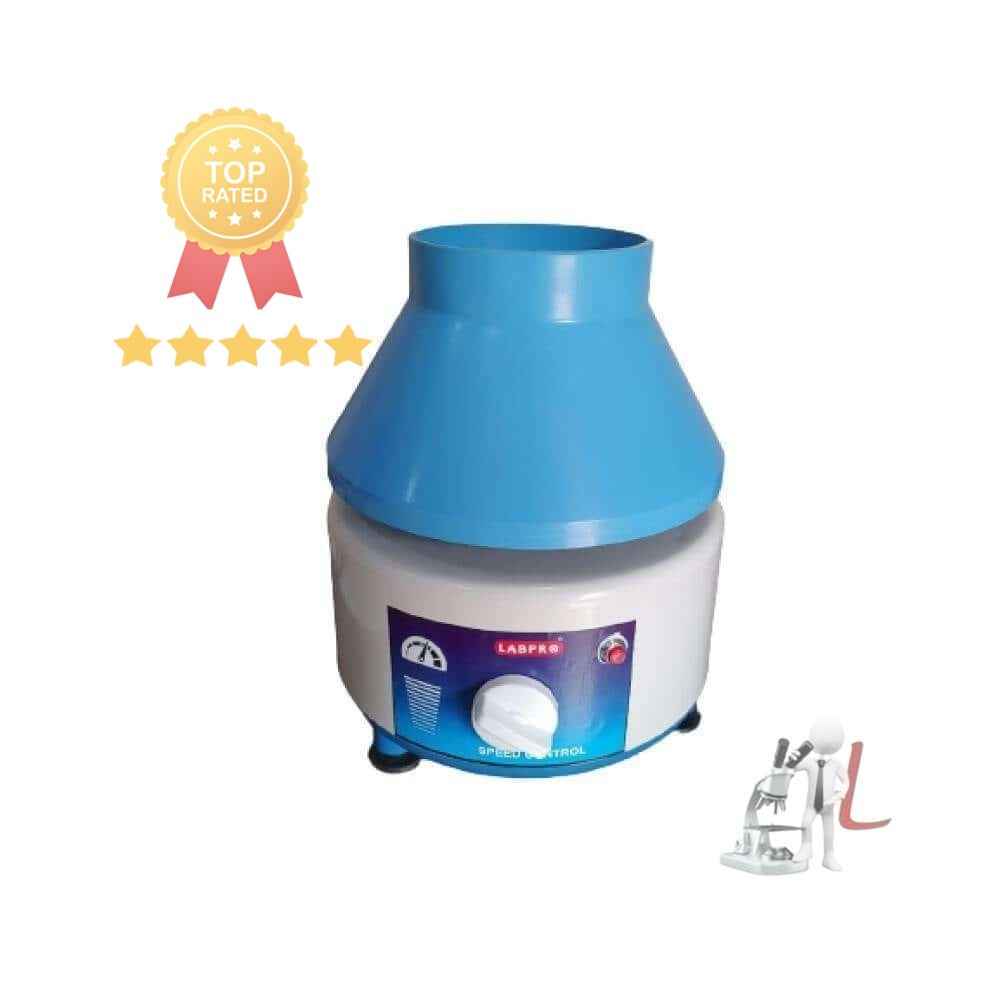



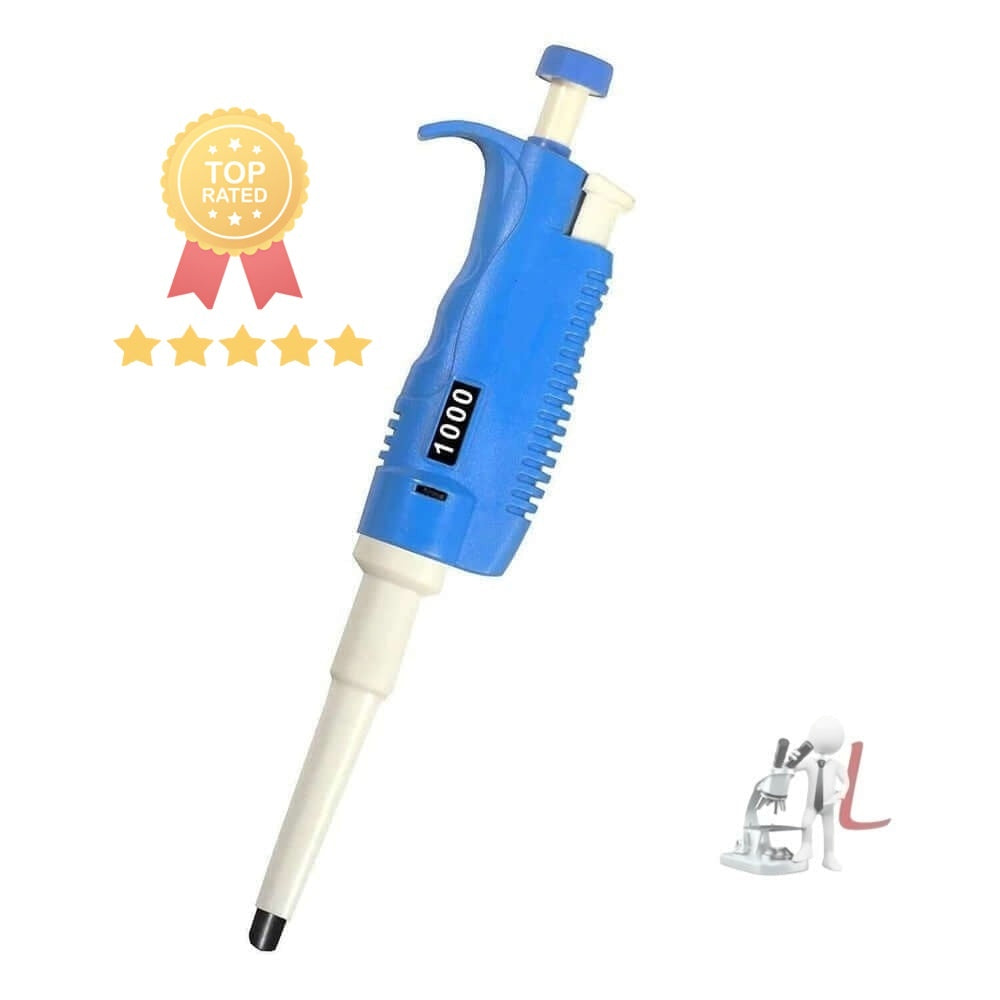



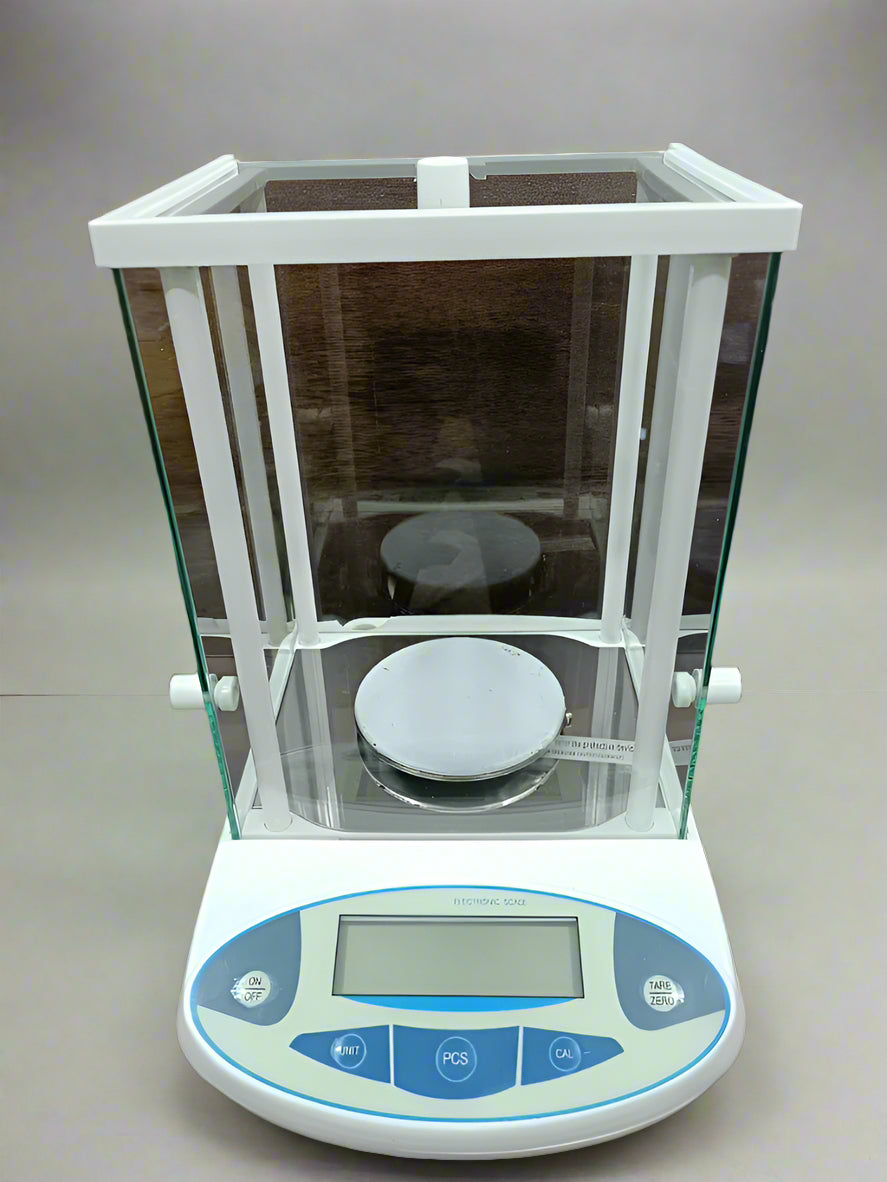
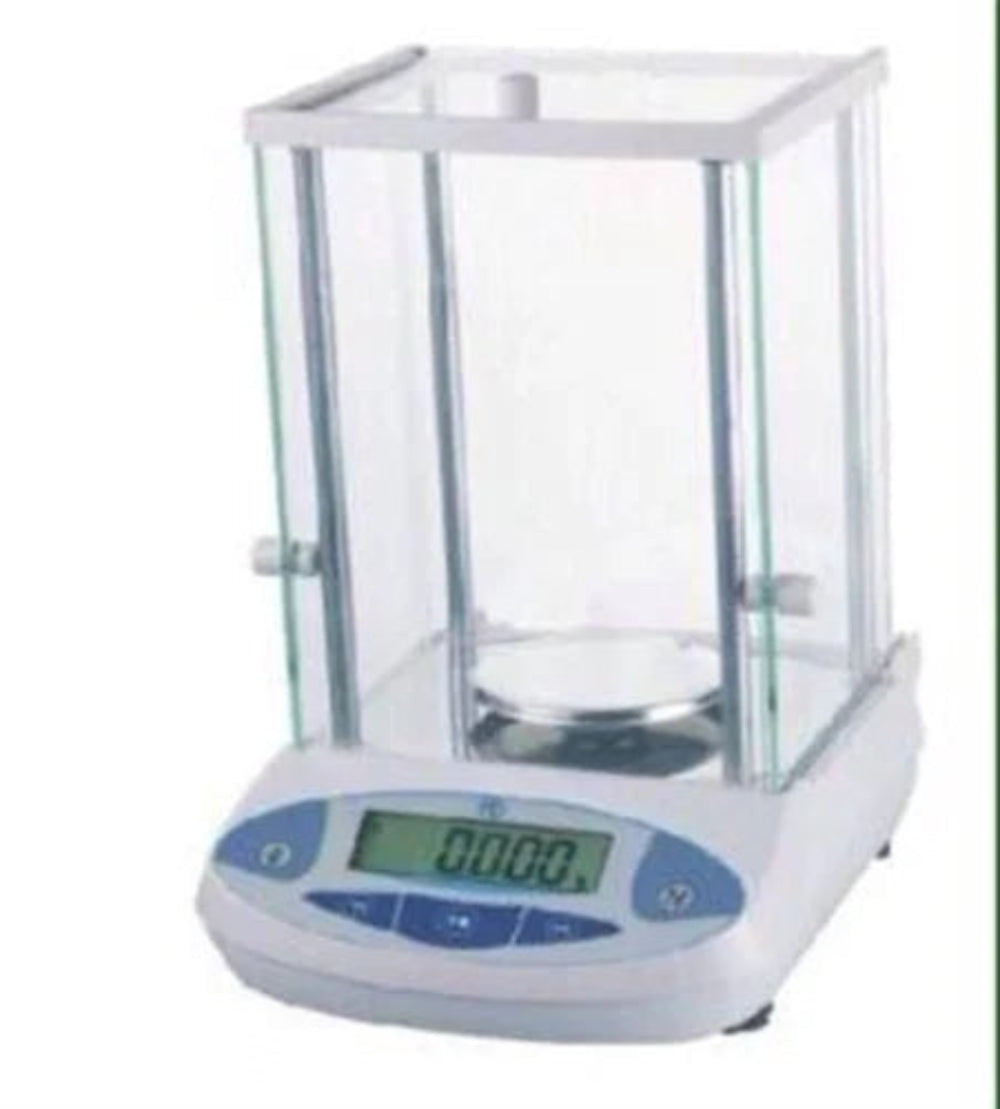
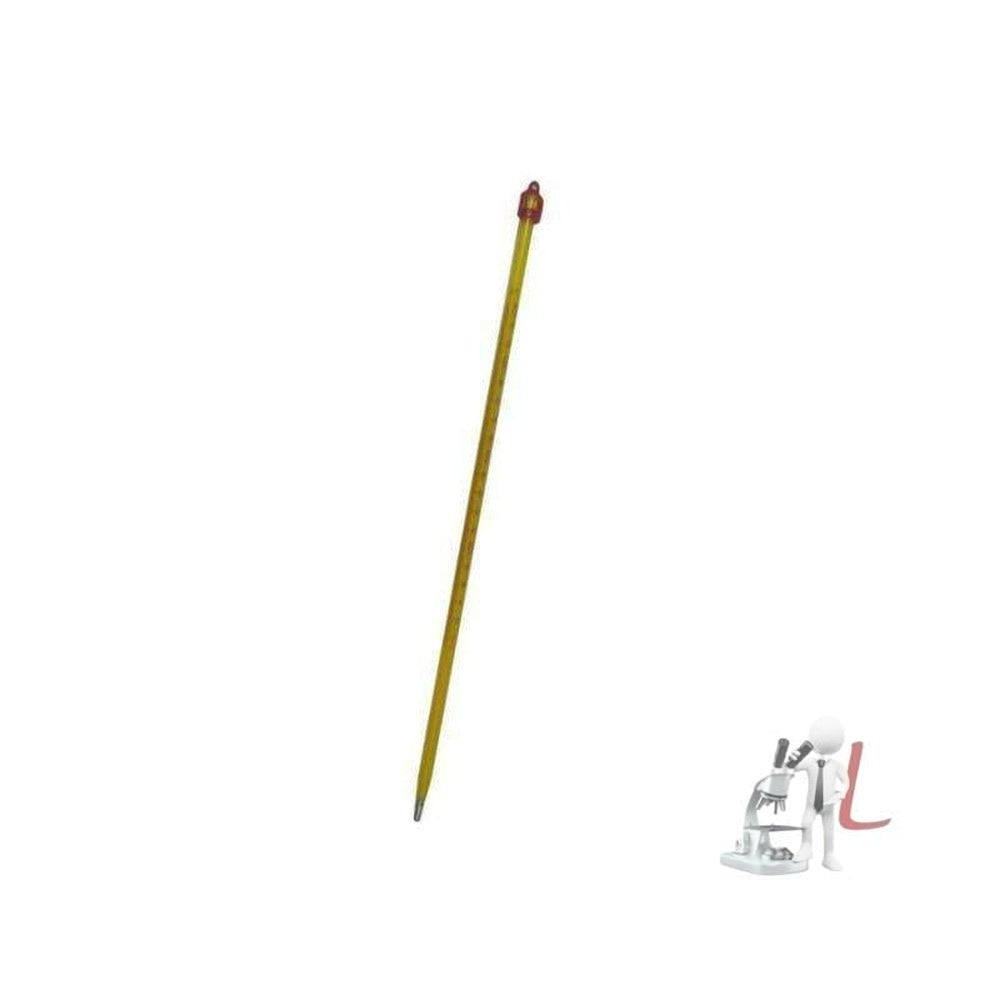
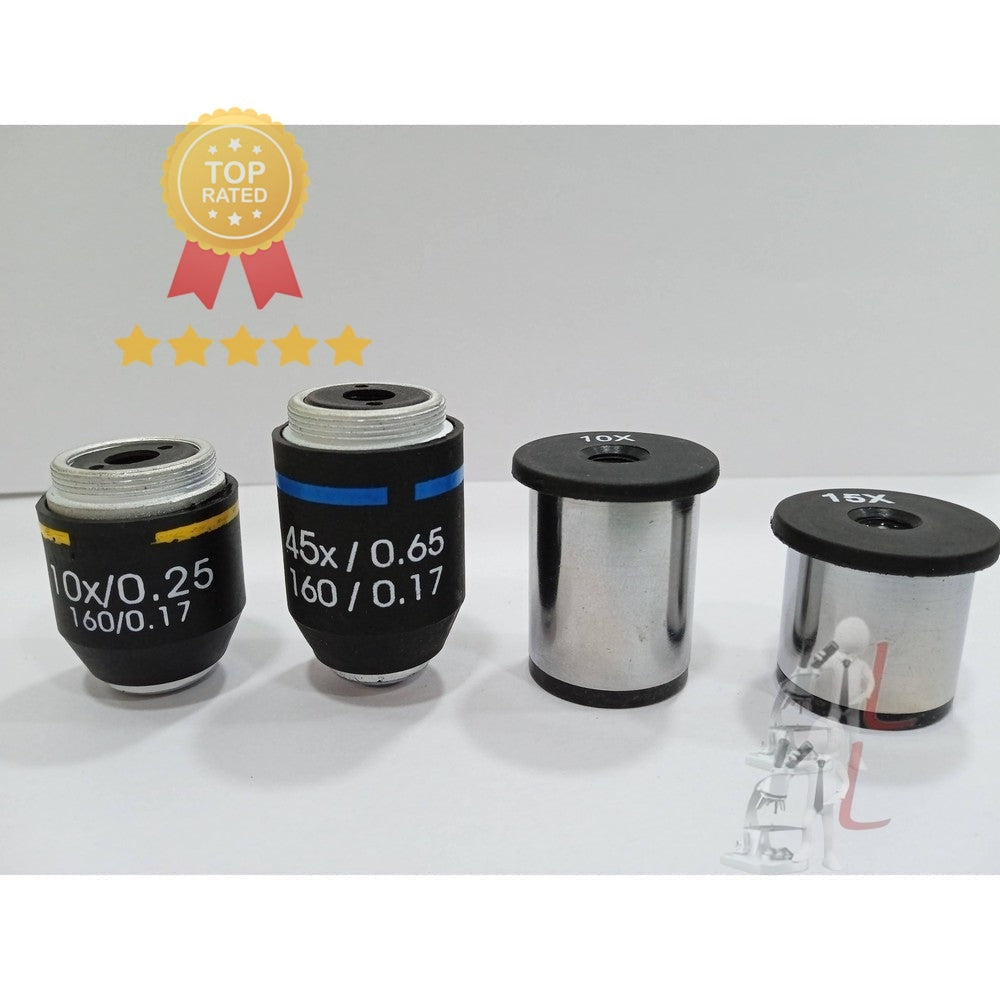
![Borosilicate Glass Beaker 50ml,100ml, 250ml, 500ml,[Combo of 4 Beakers] - Laboratorydeal](http://www.laboratorydeal.com/cdn/shop/products/Borosilicate-Glass-Beaker-50ml-100ml-250ml-500ml-C-0.jpg?v=1737125909&width=1000)
